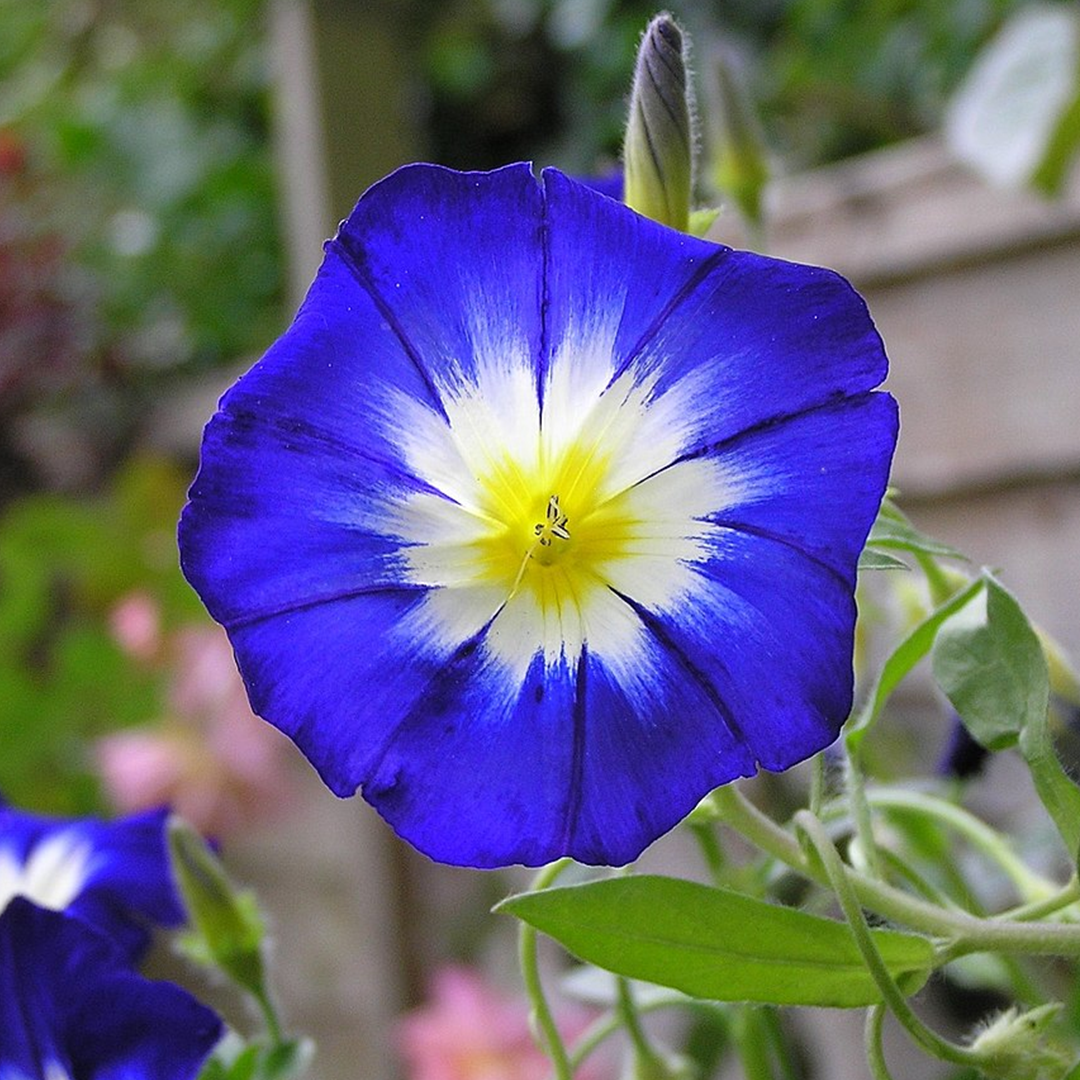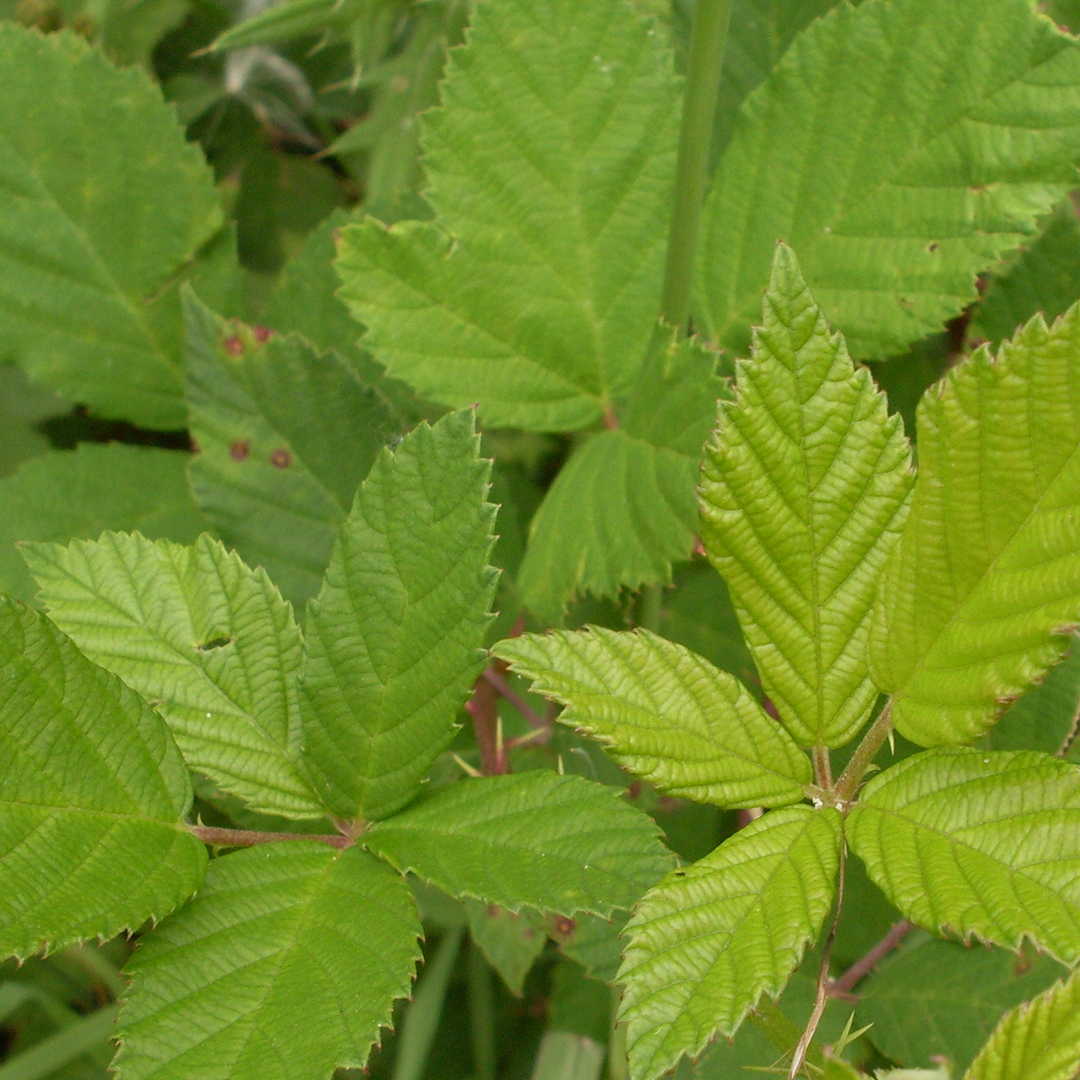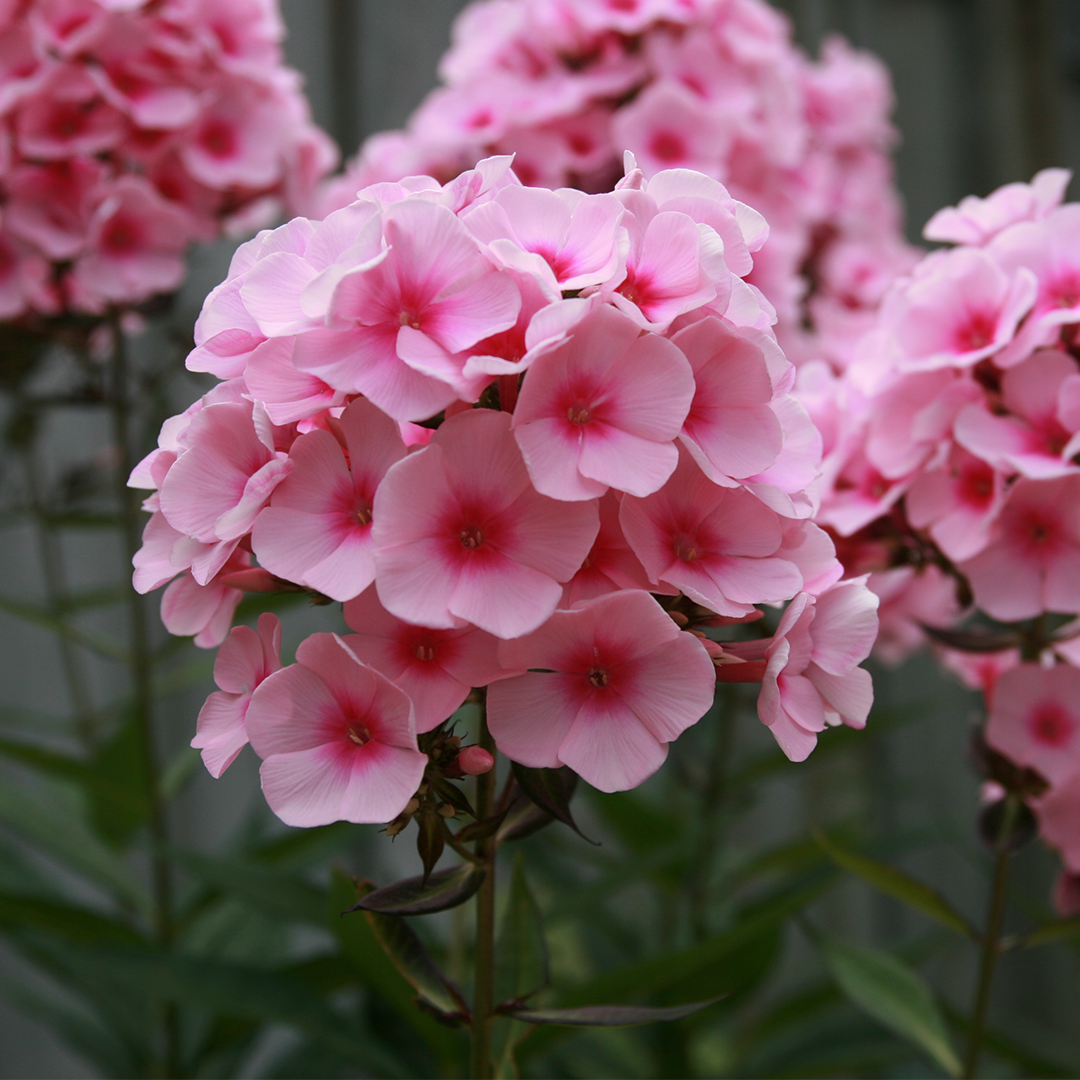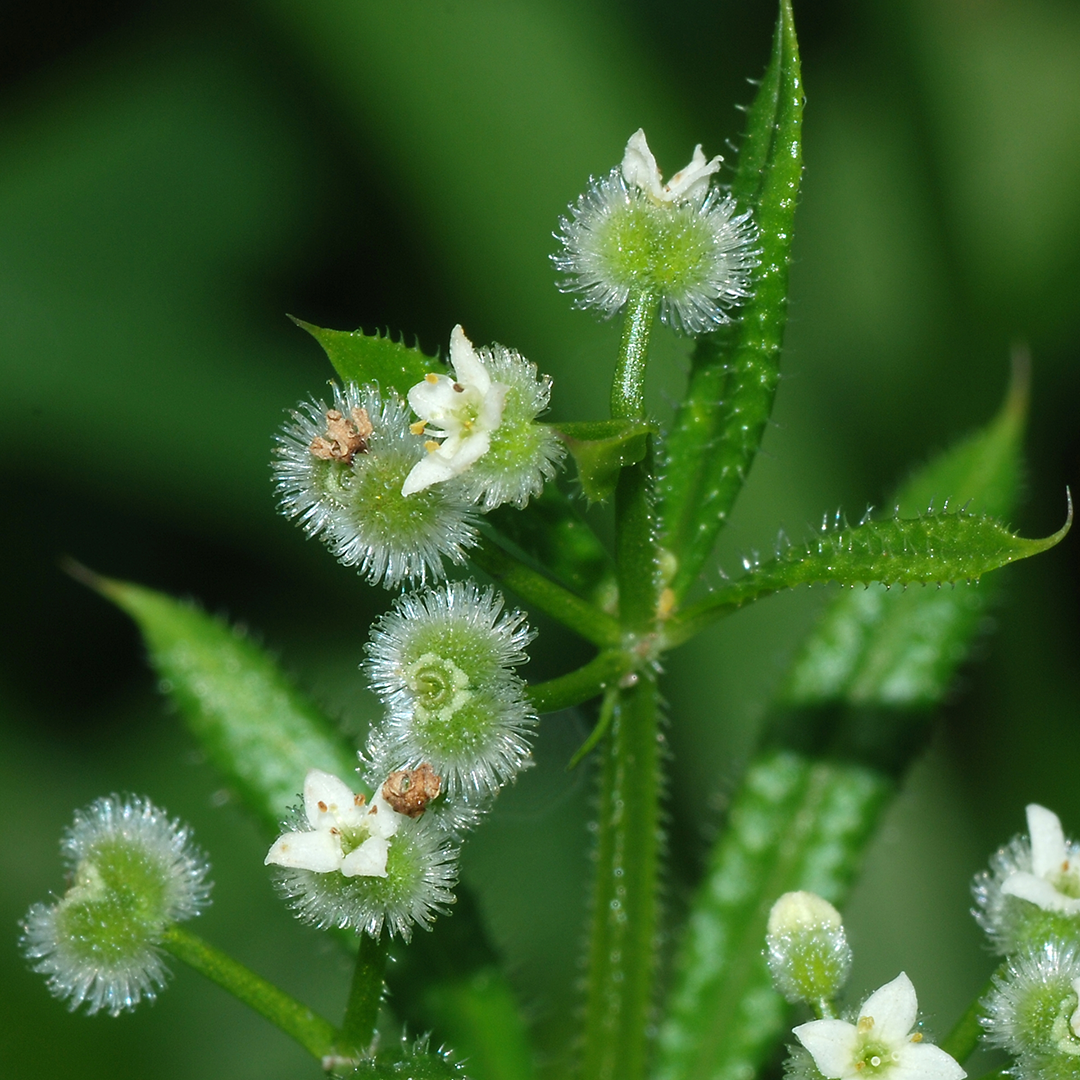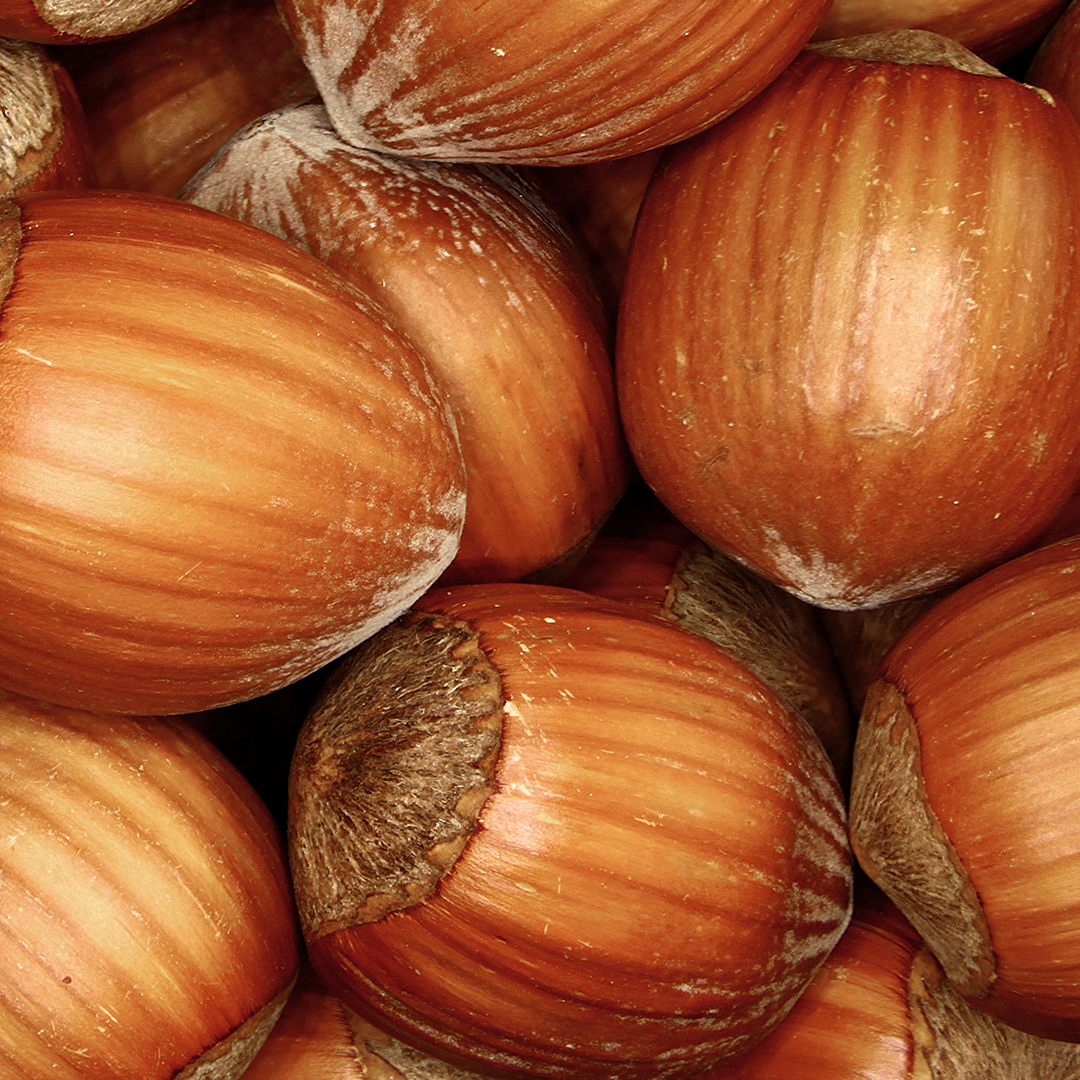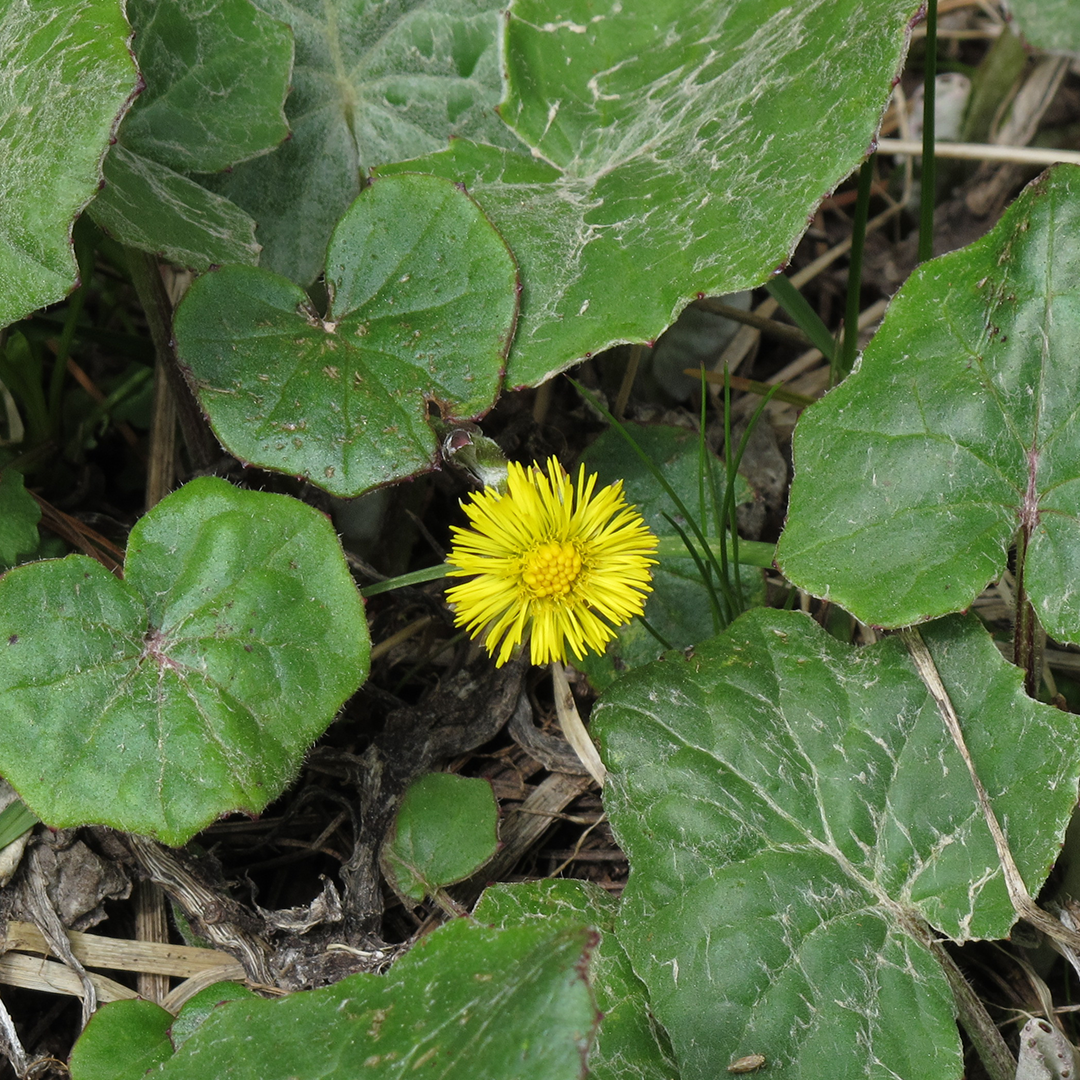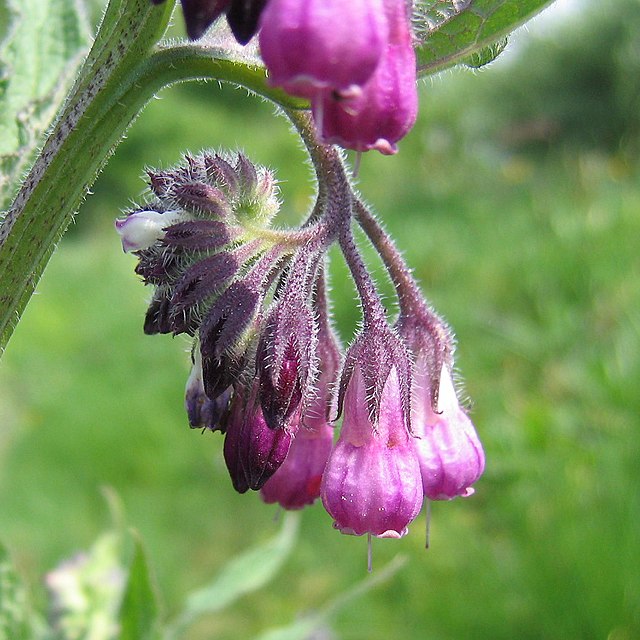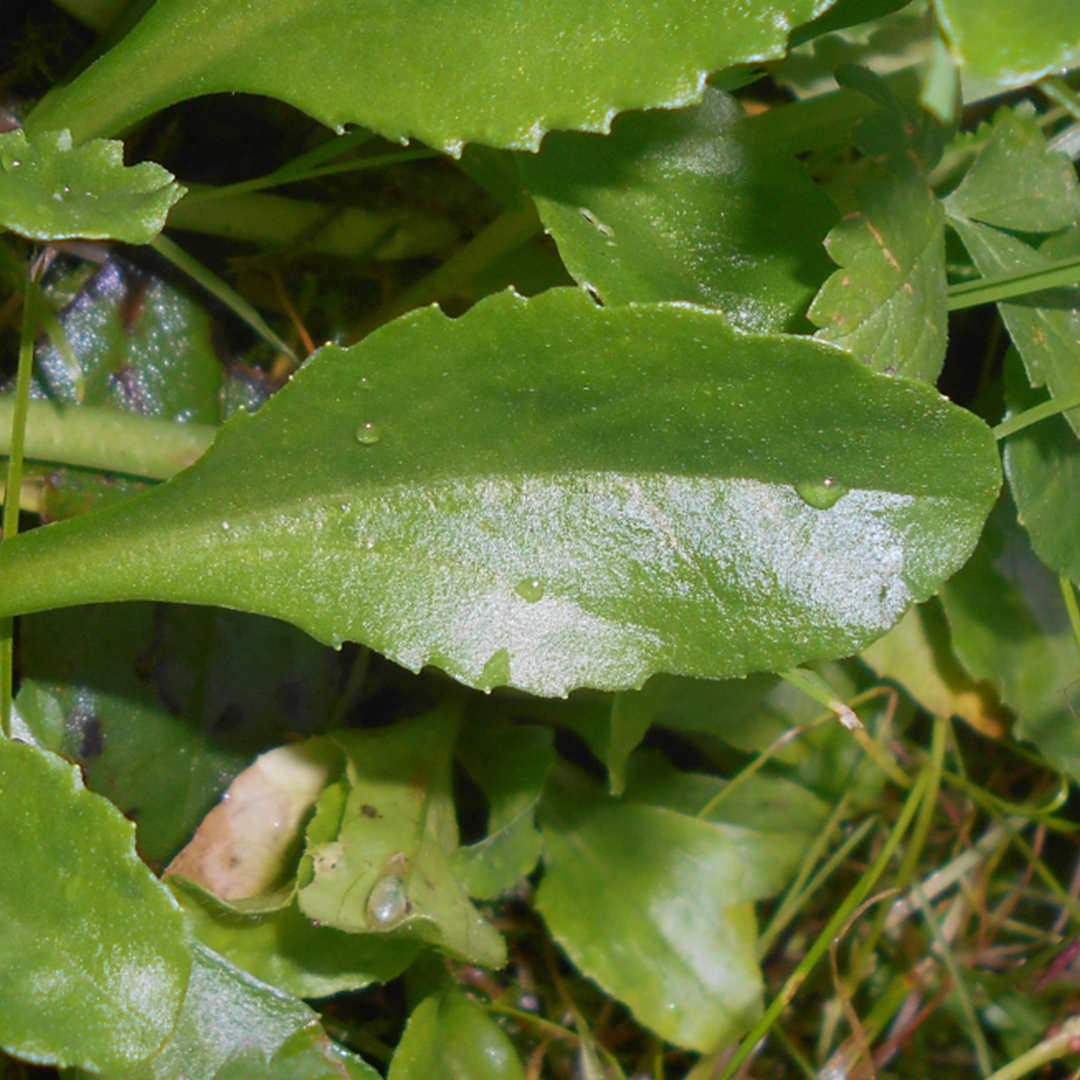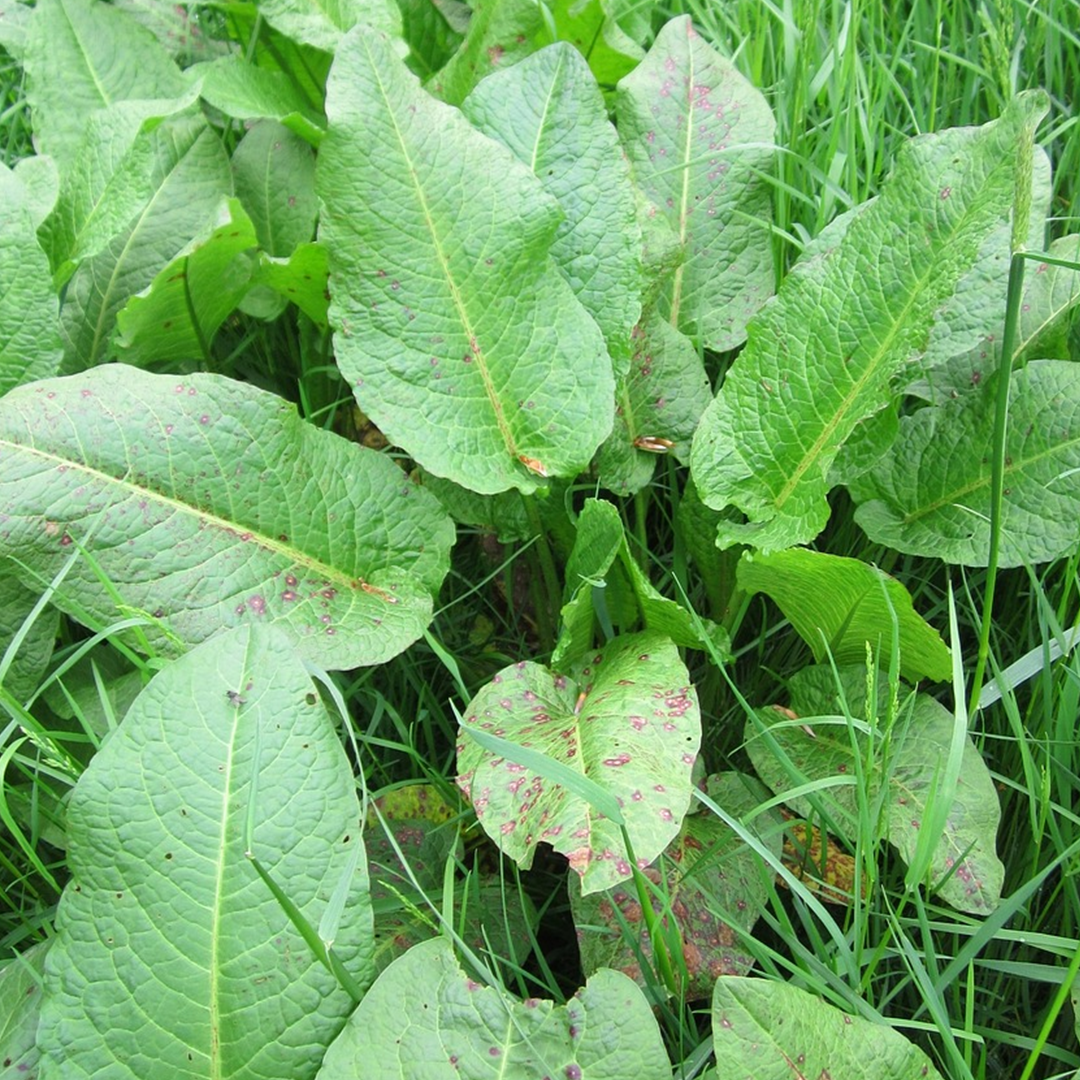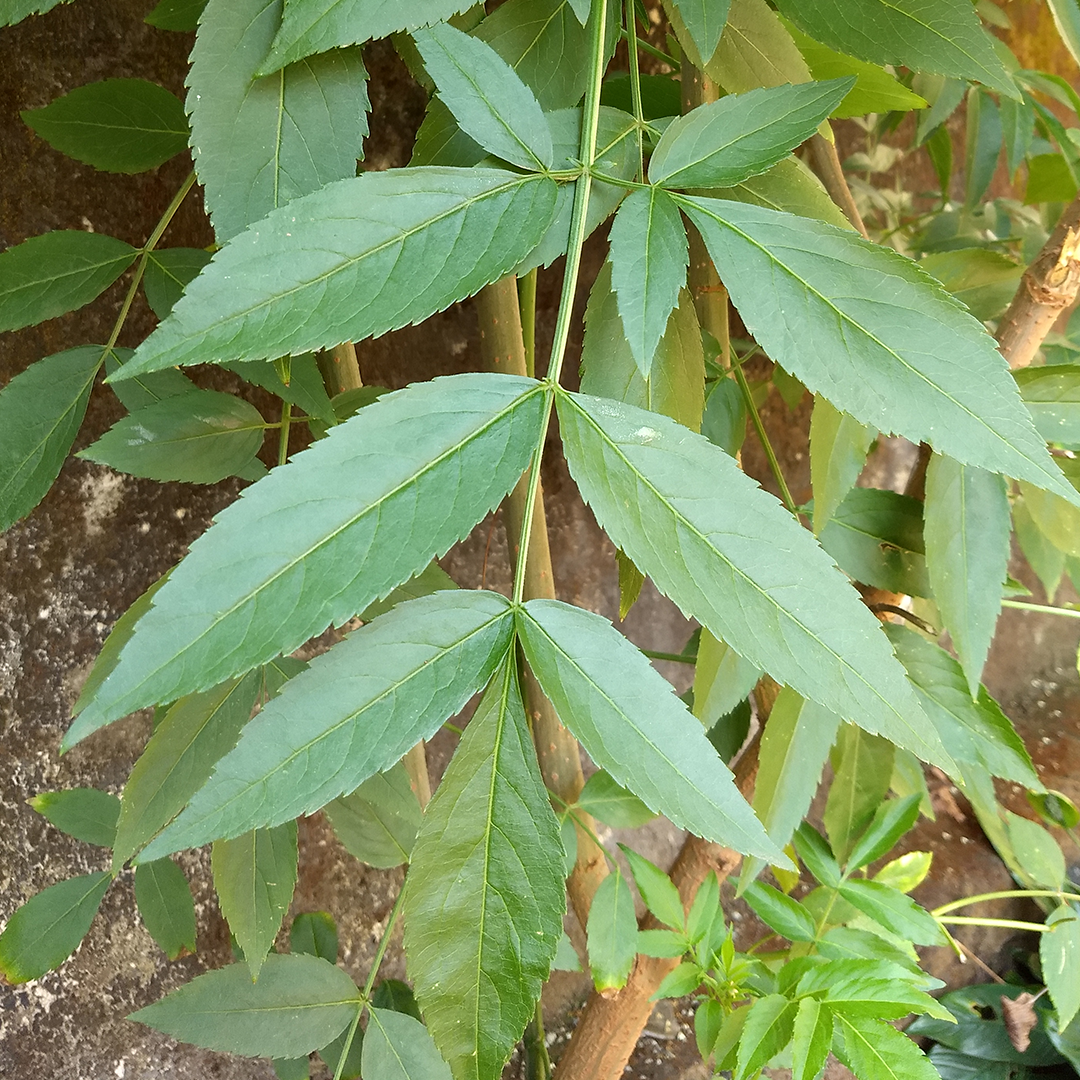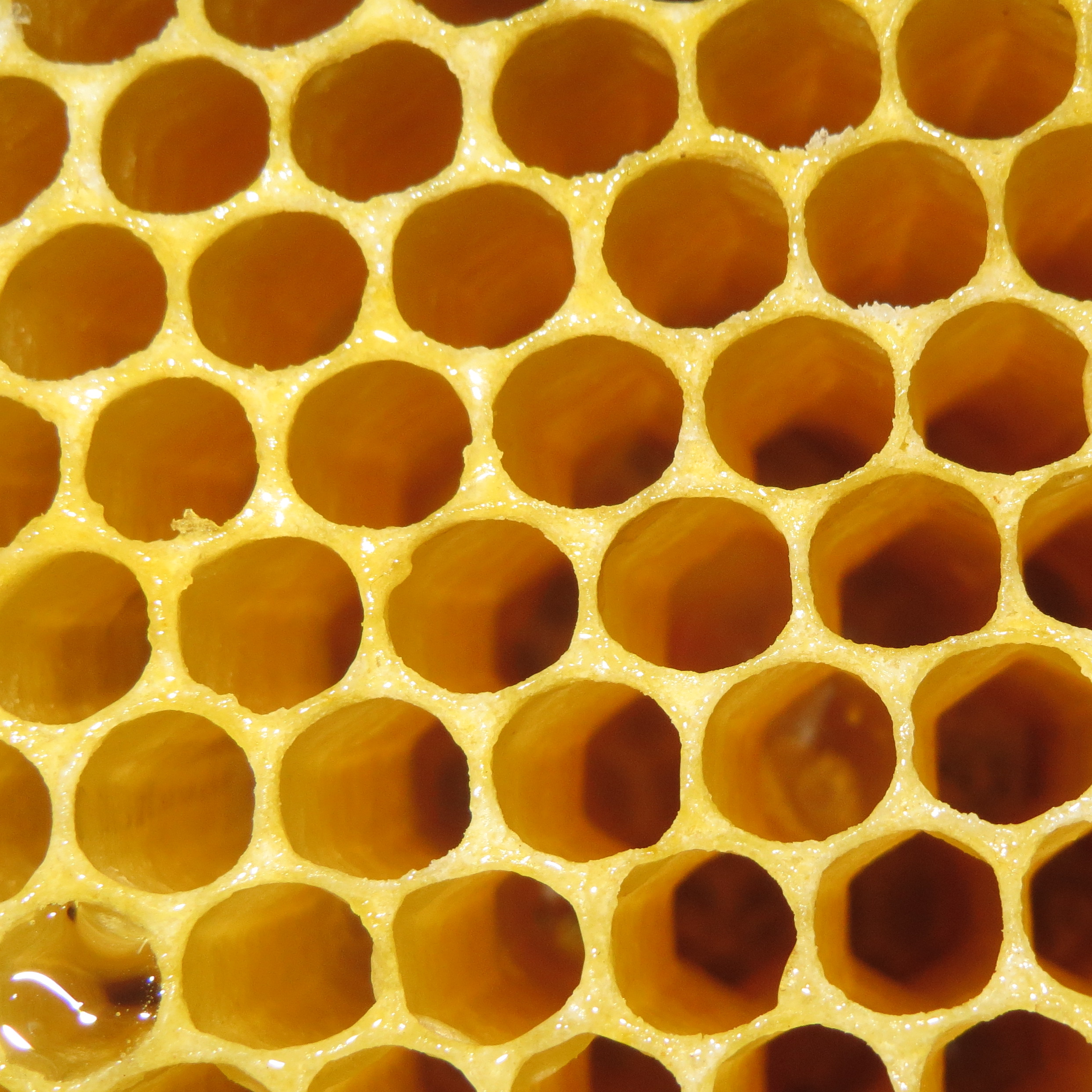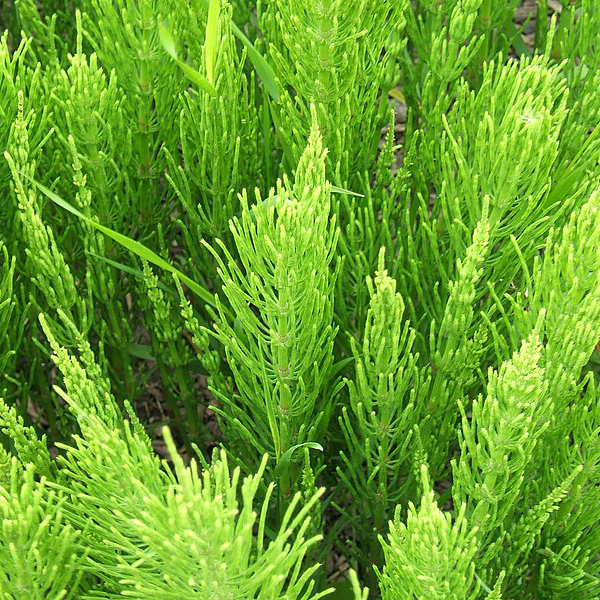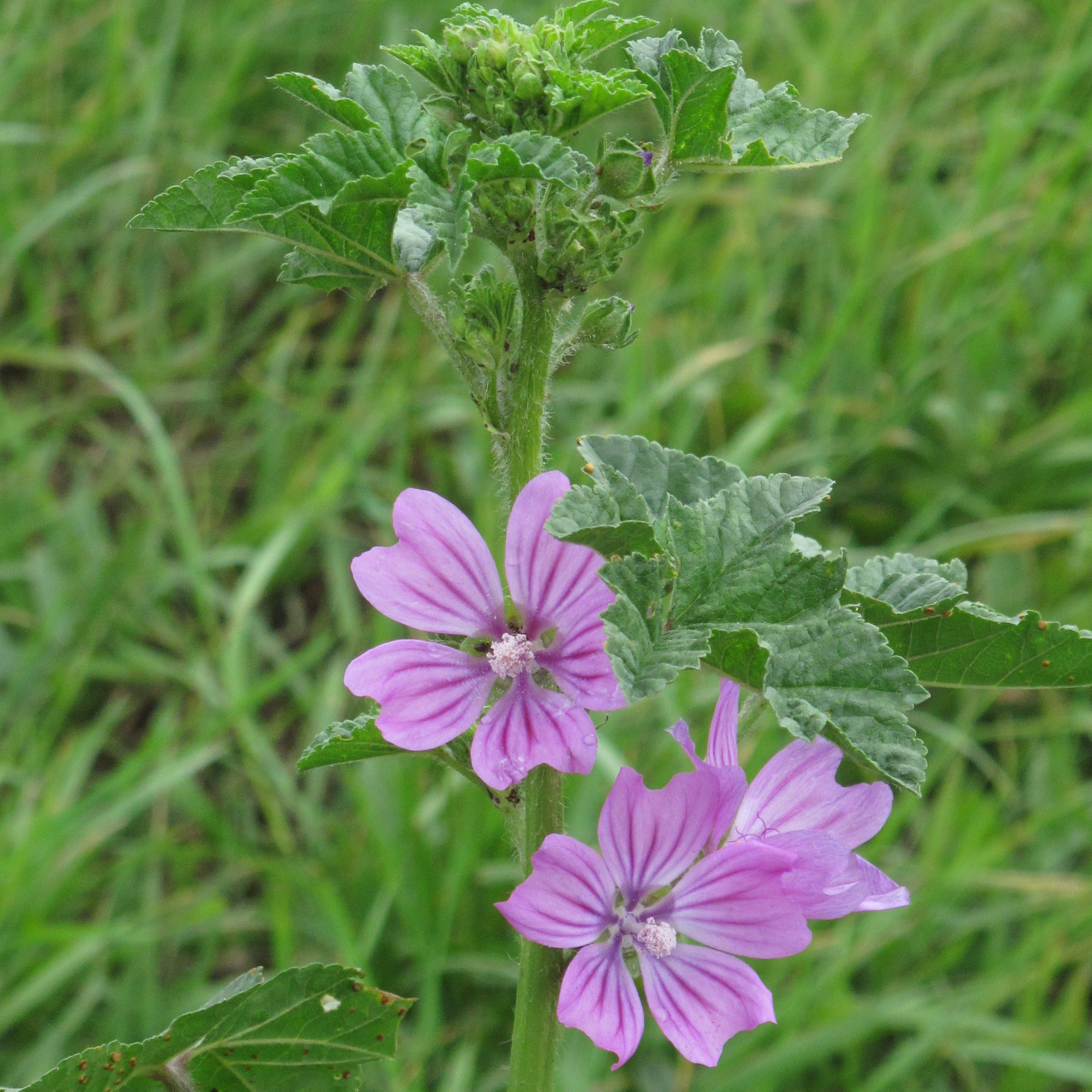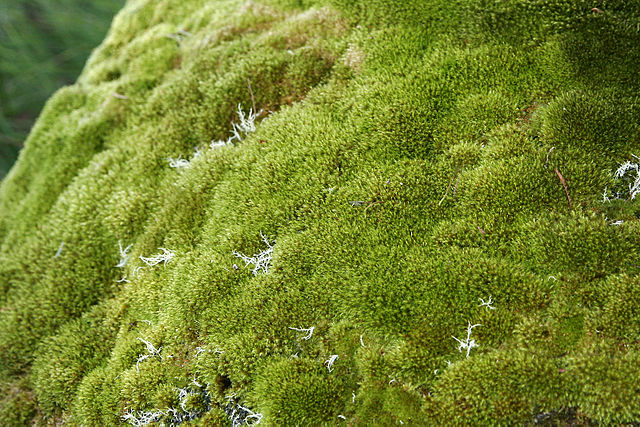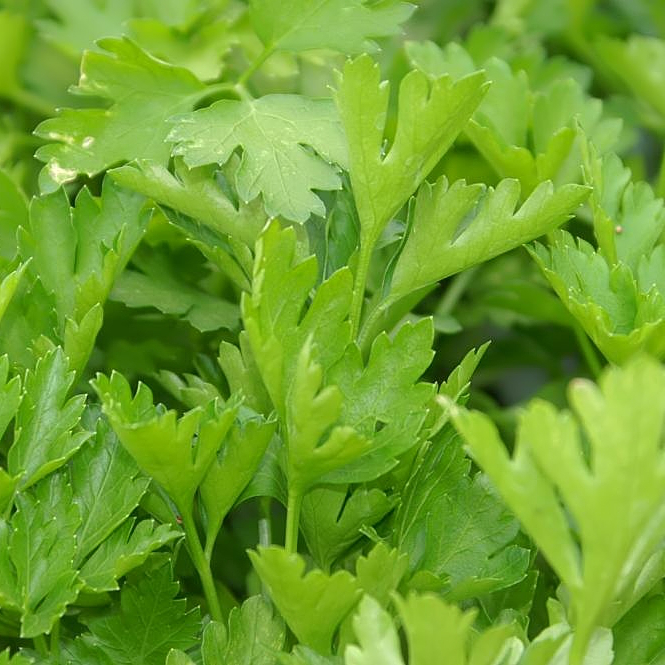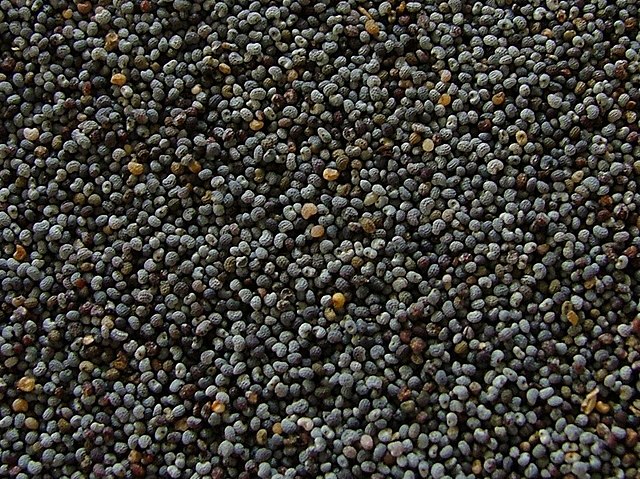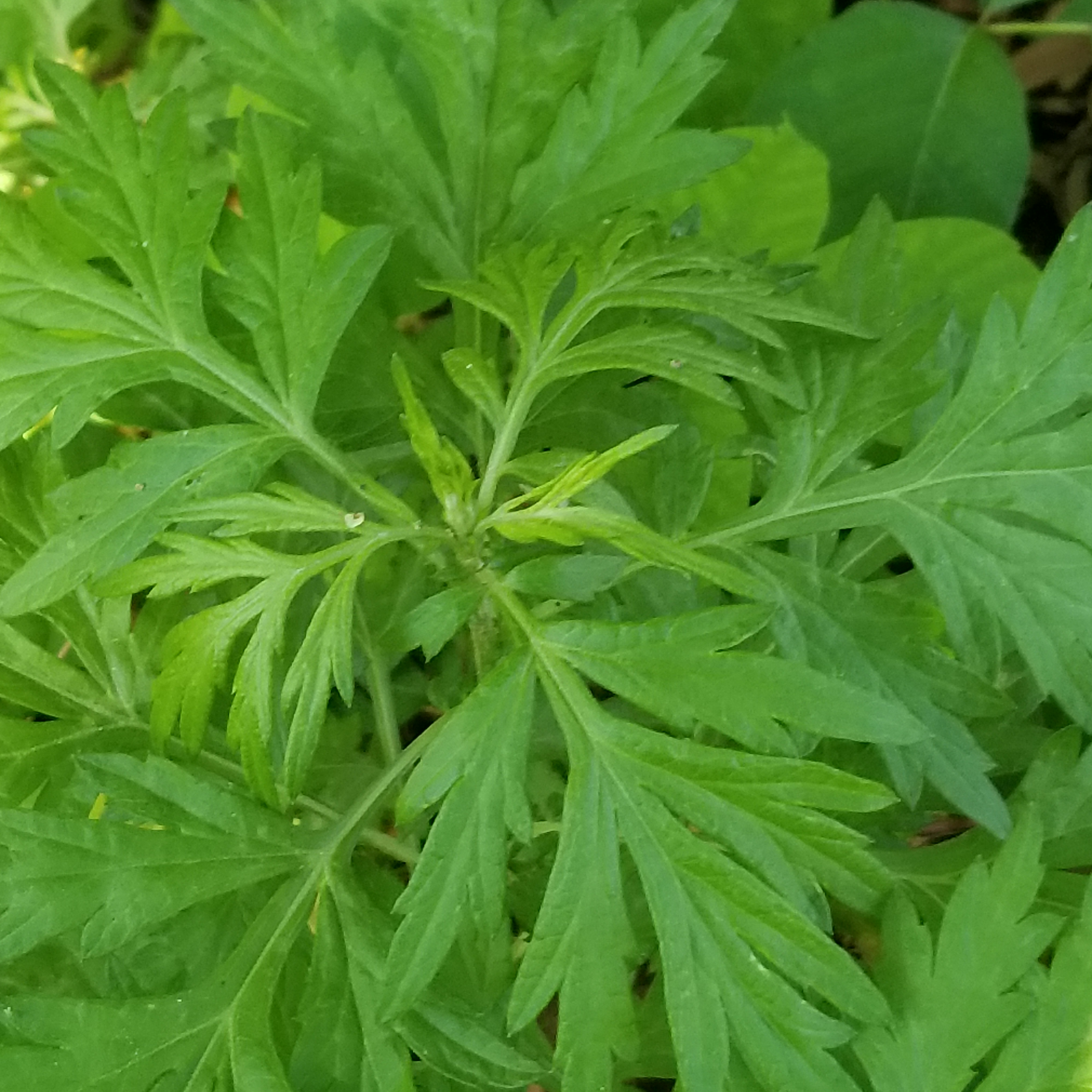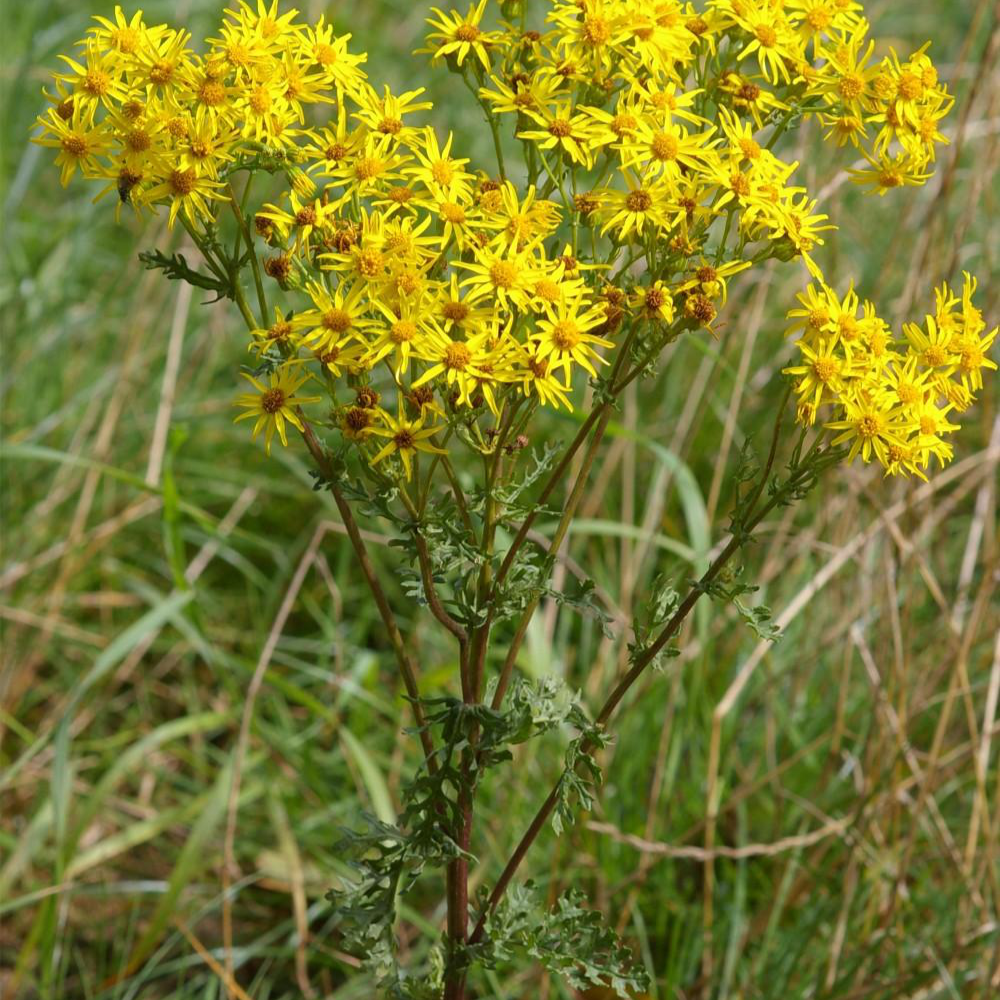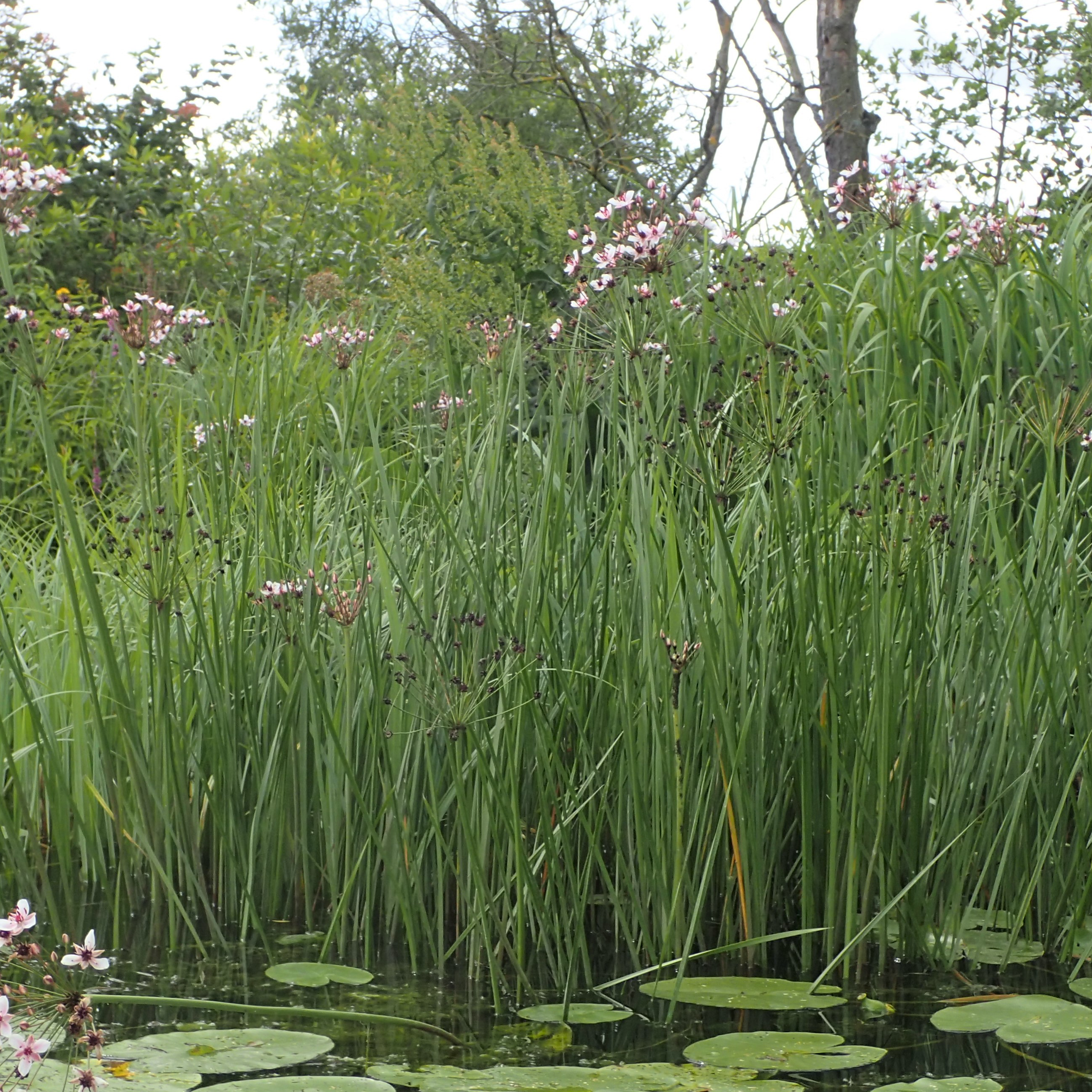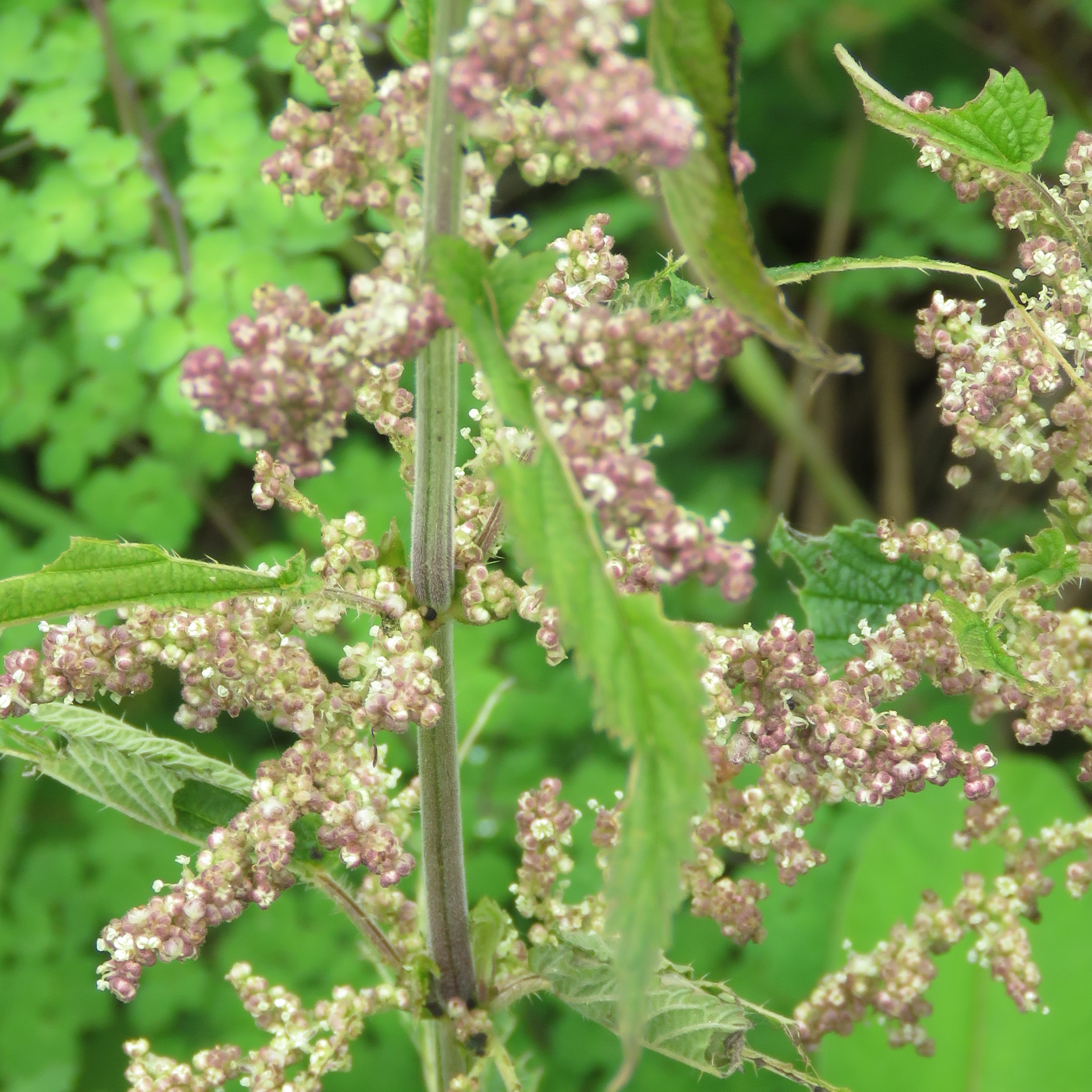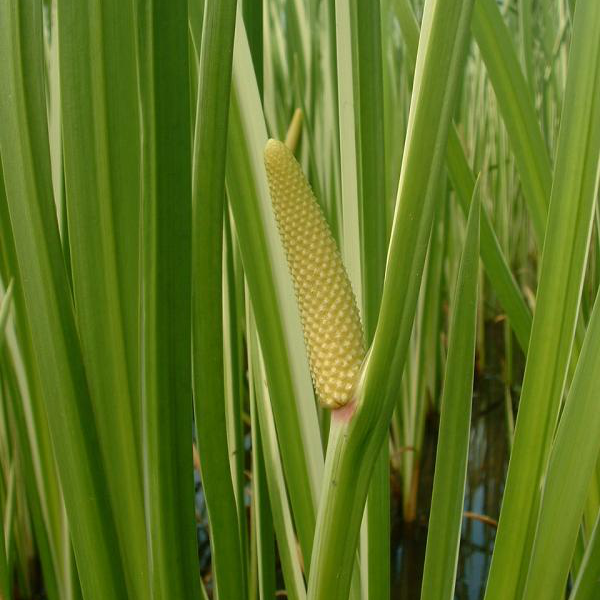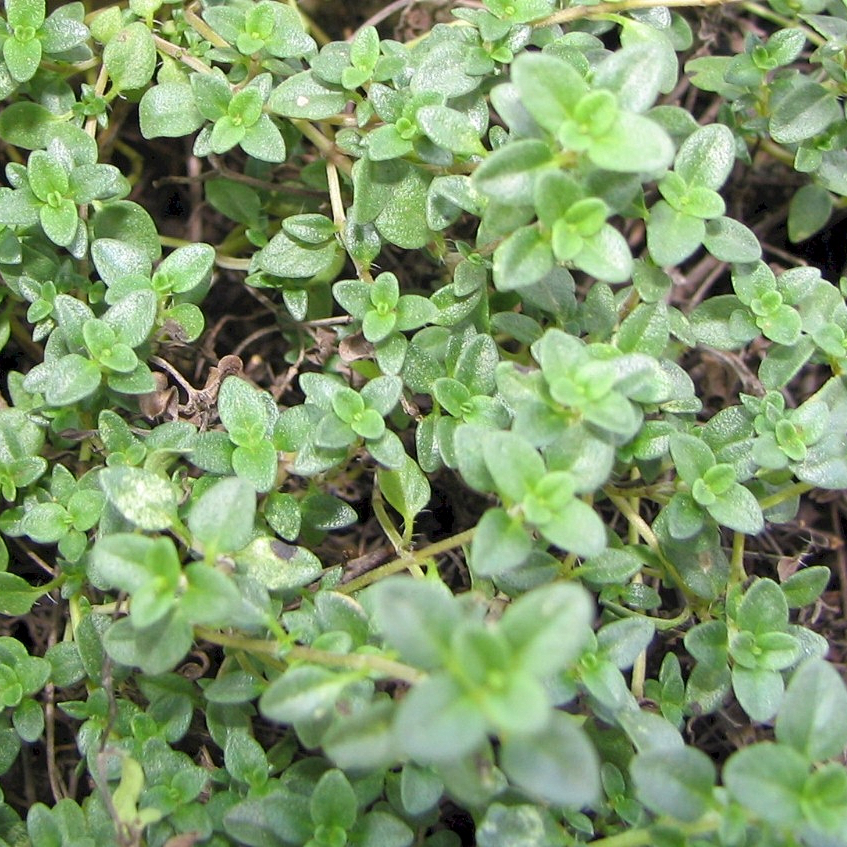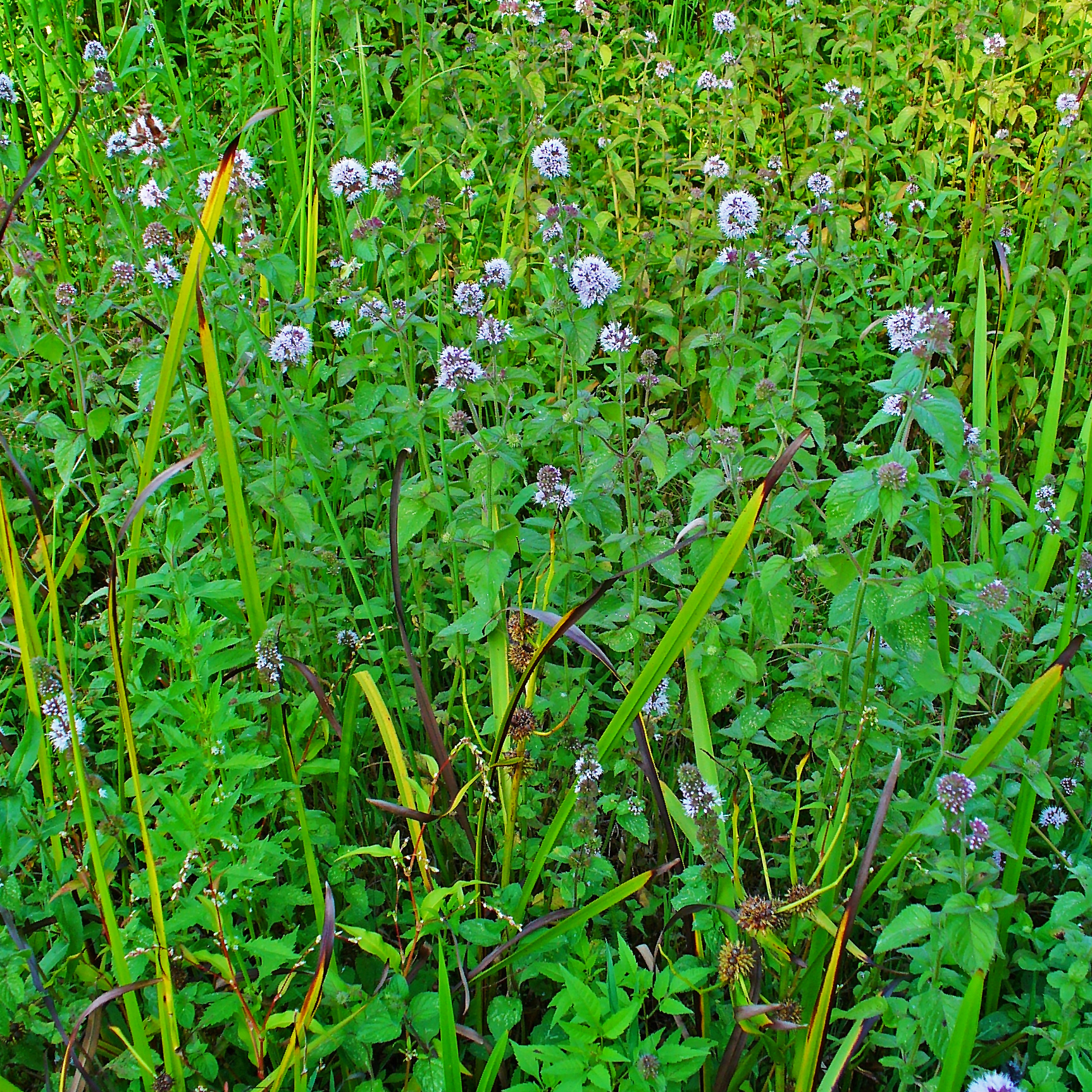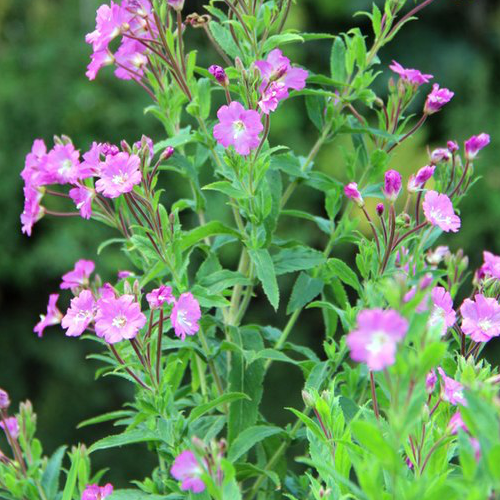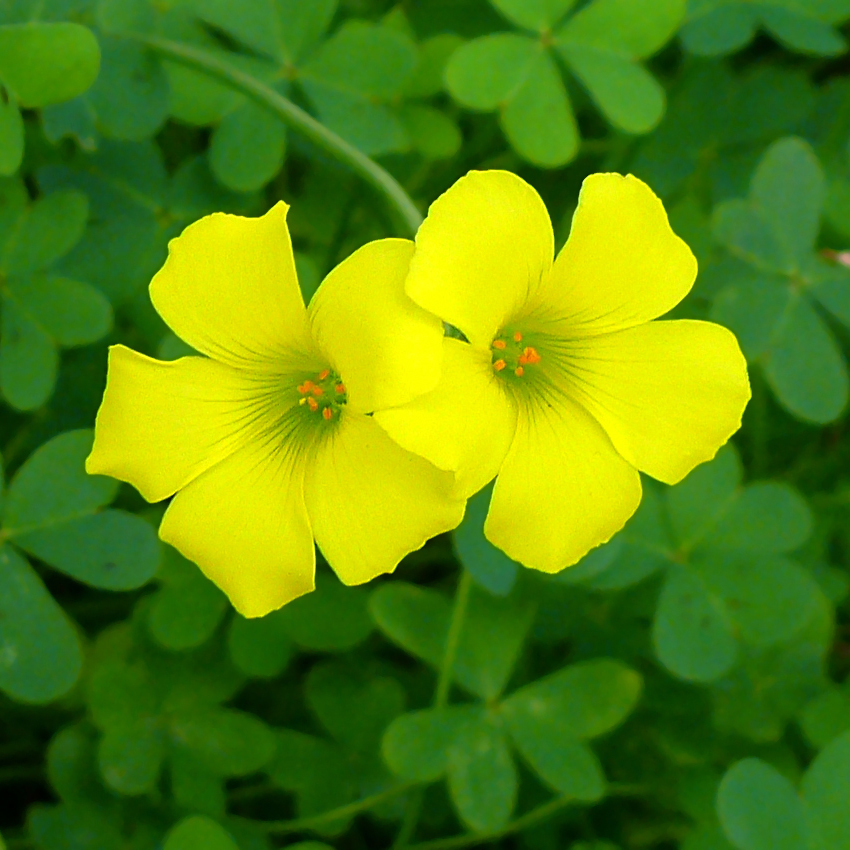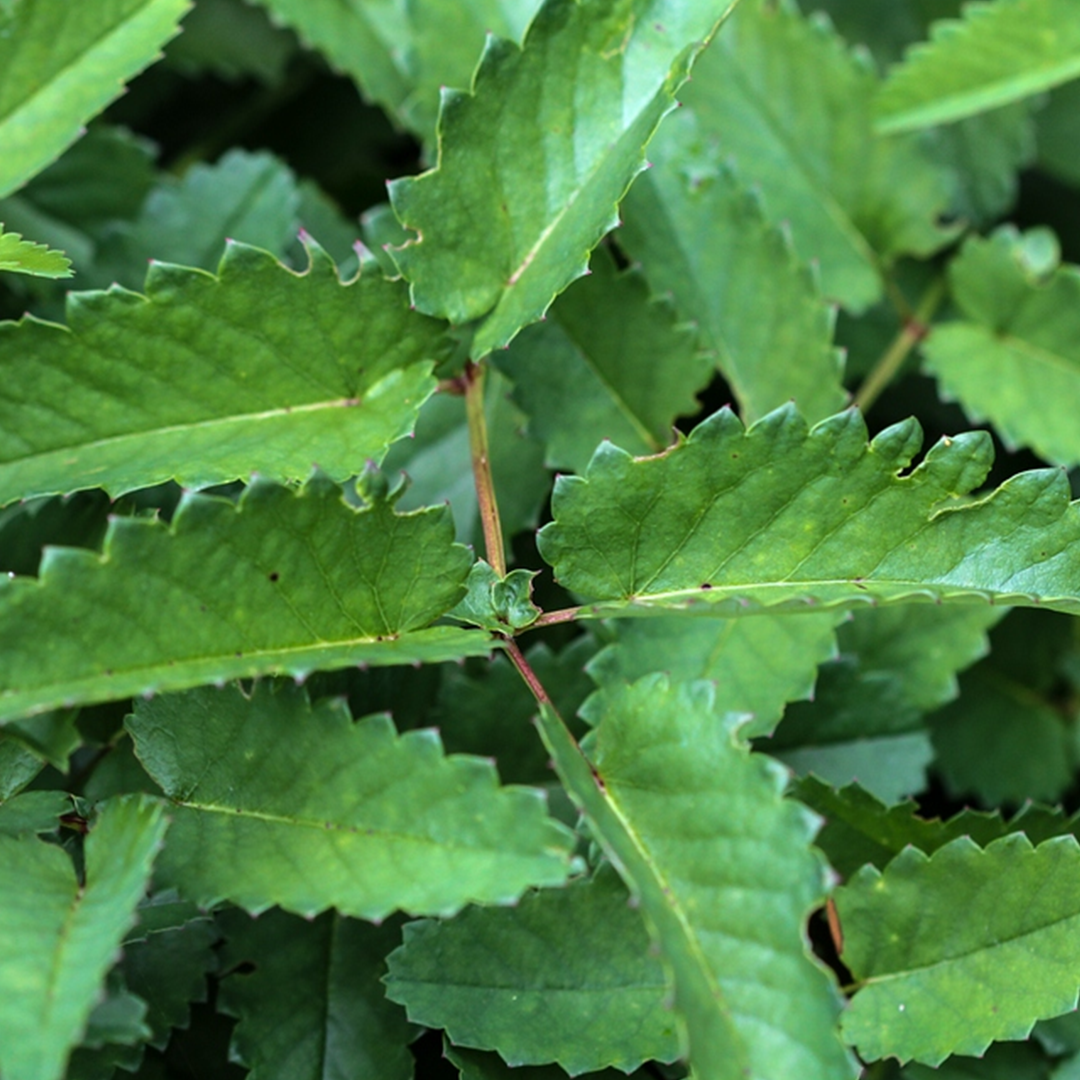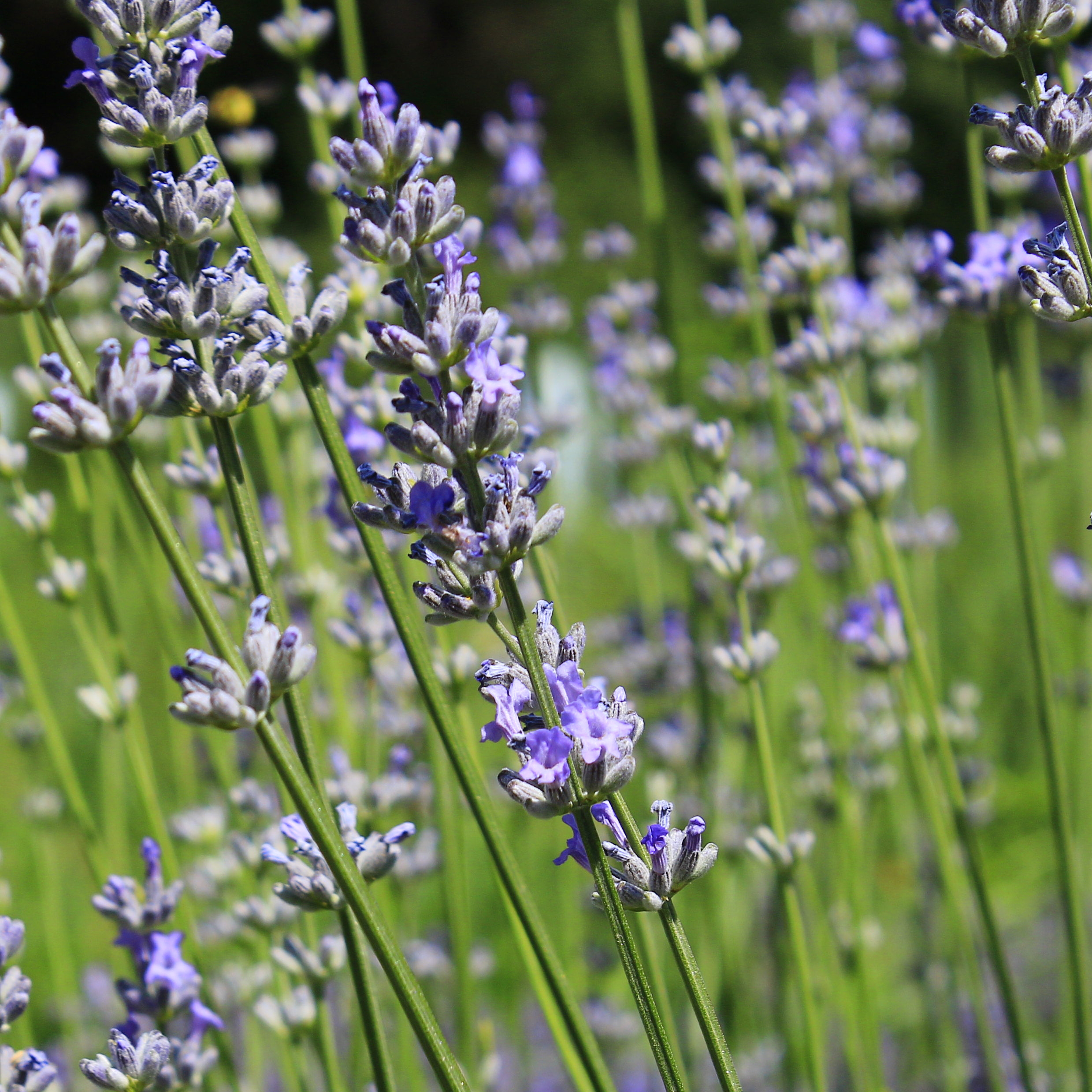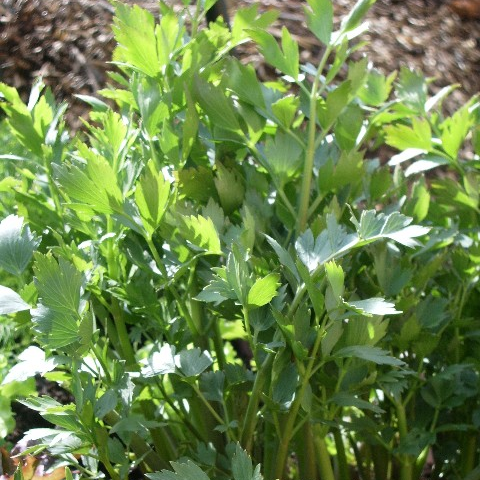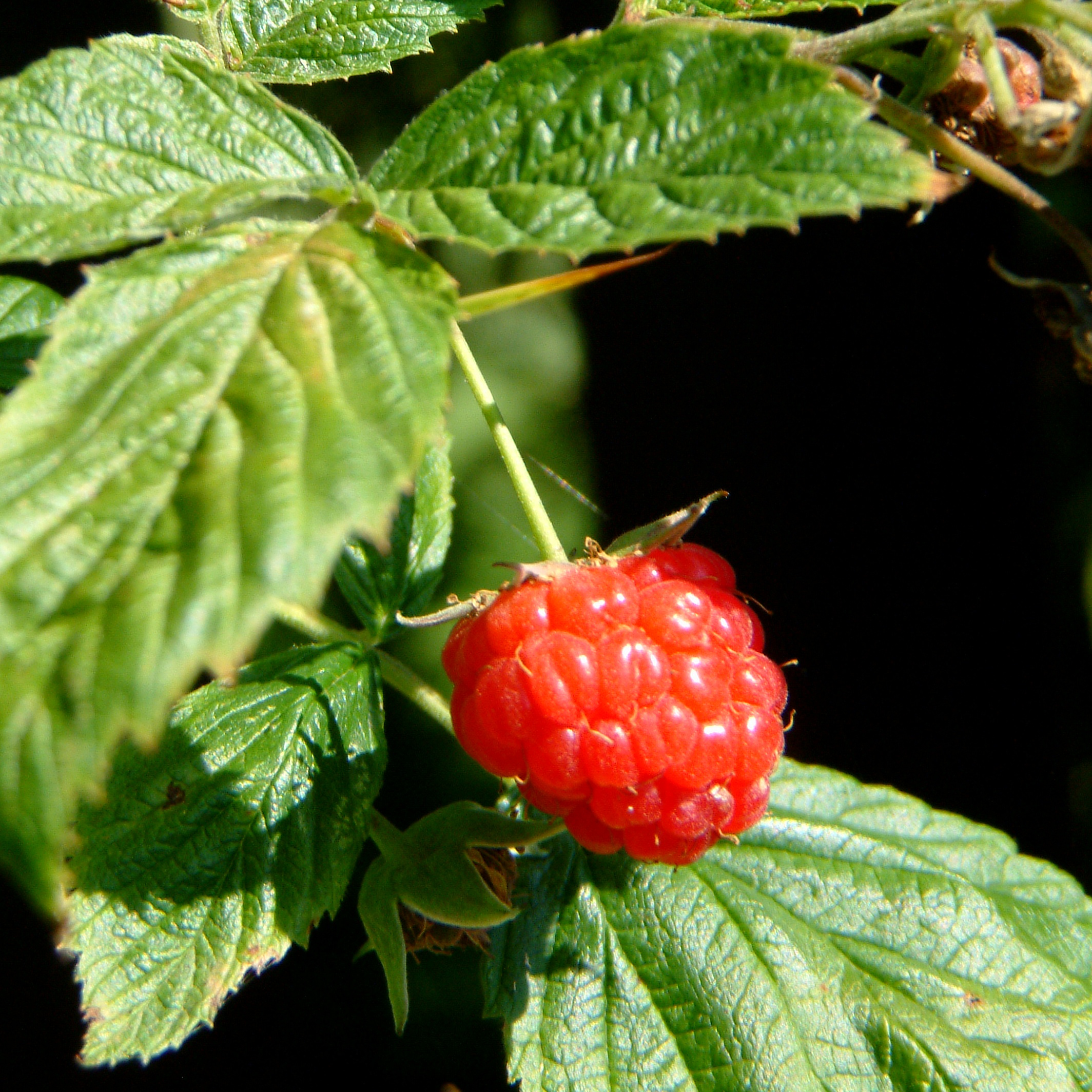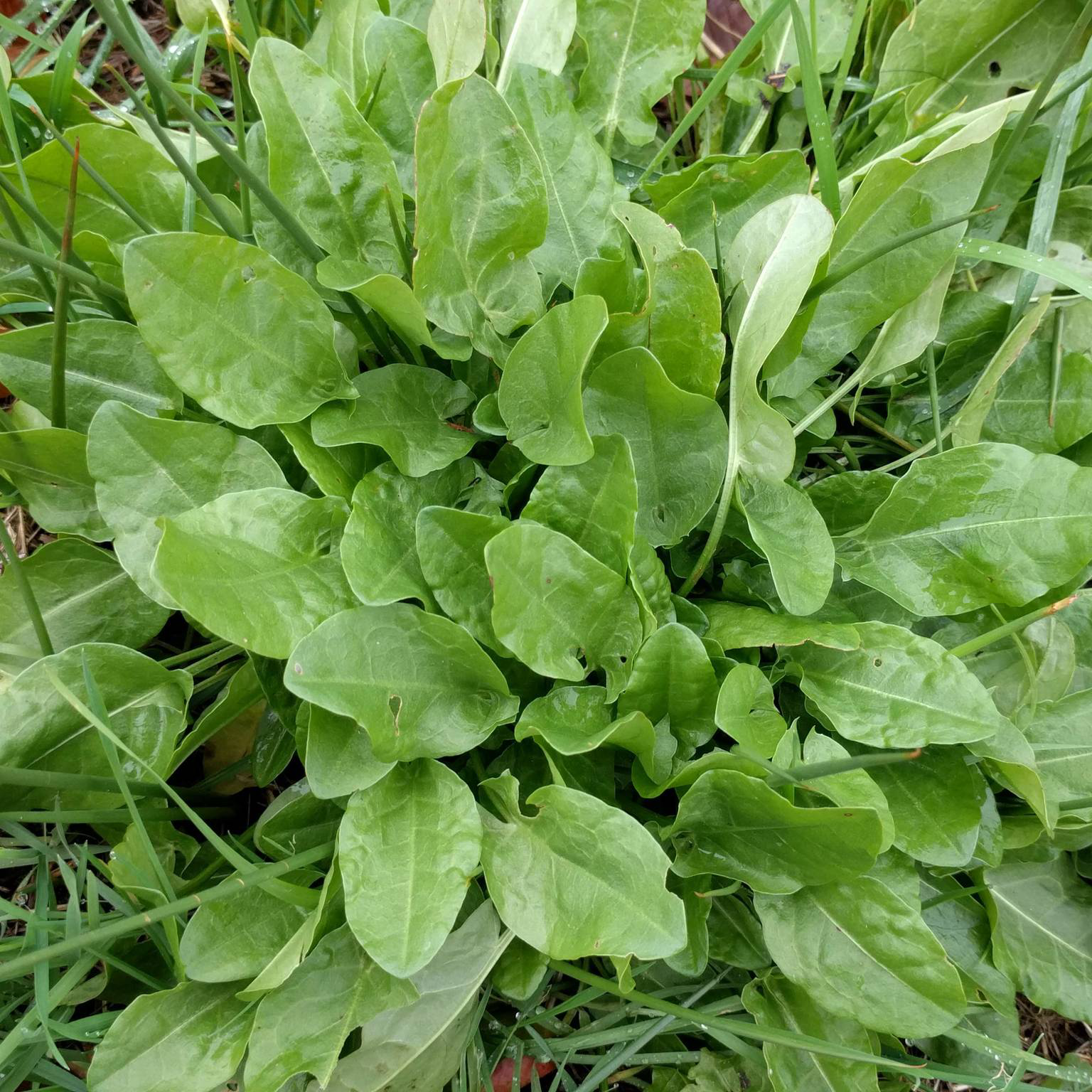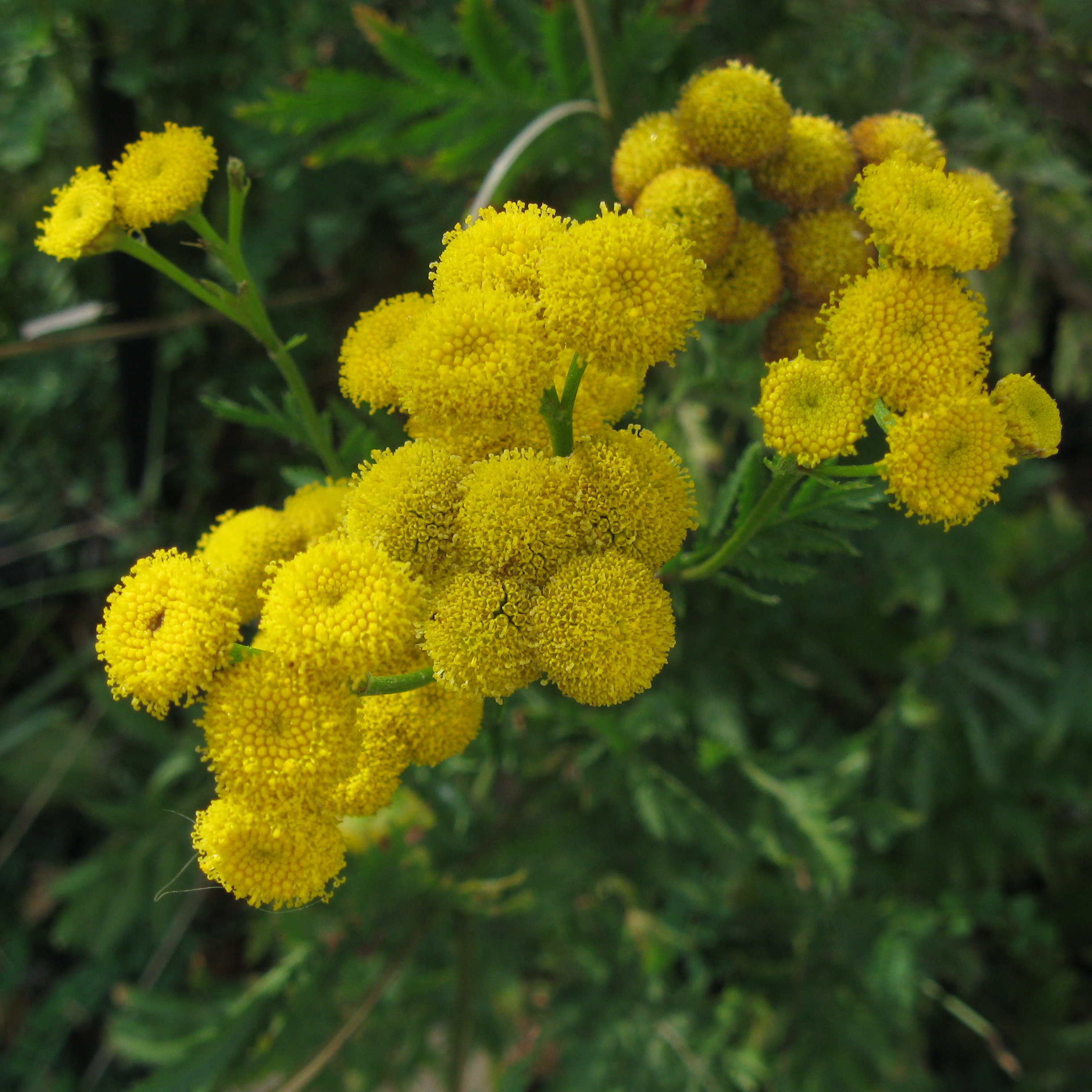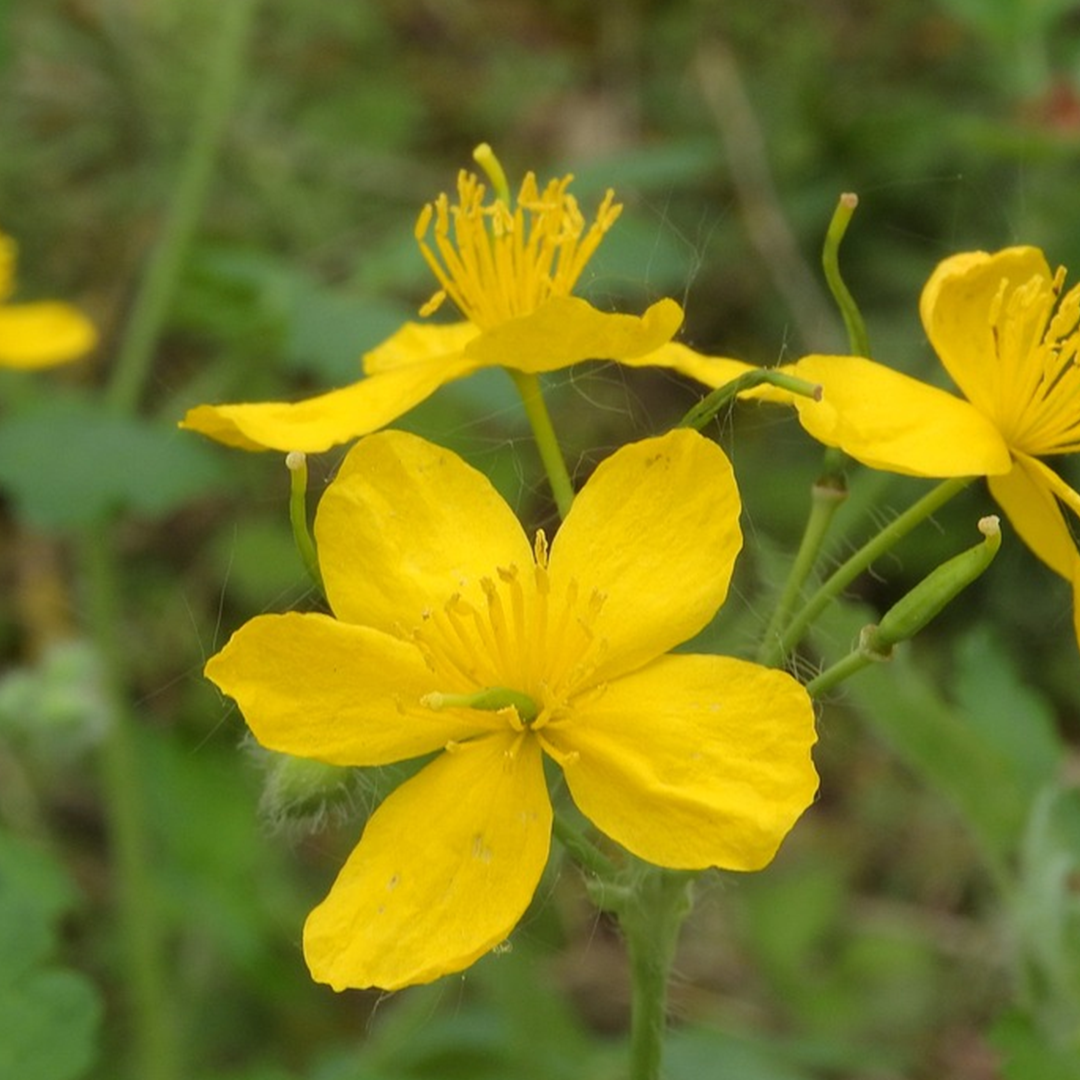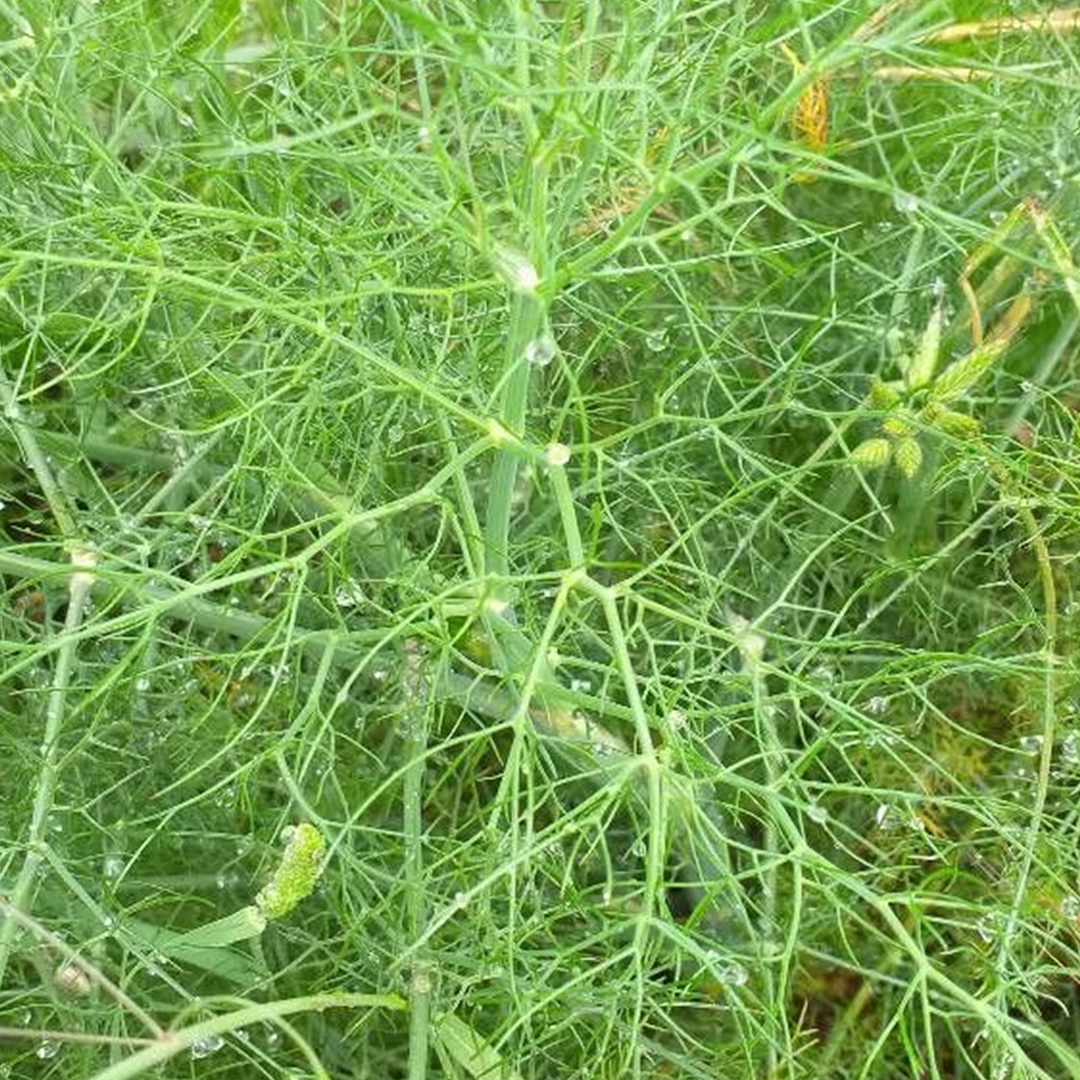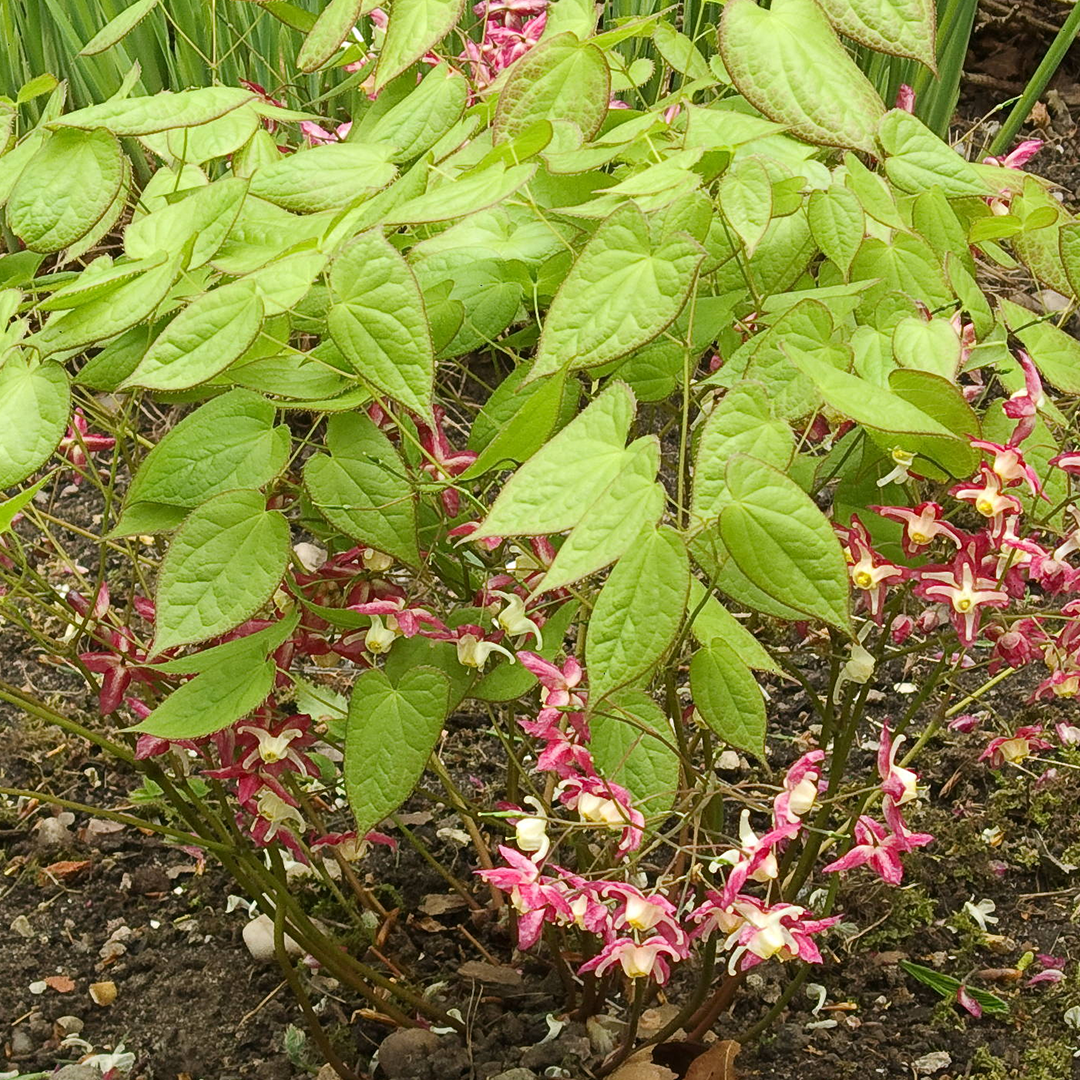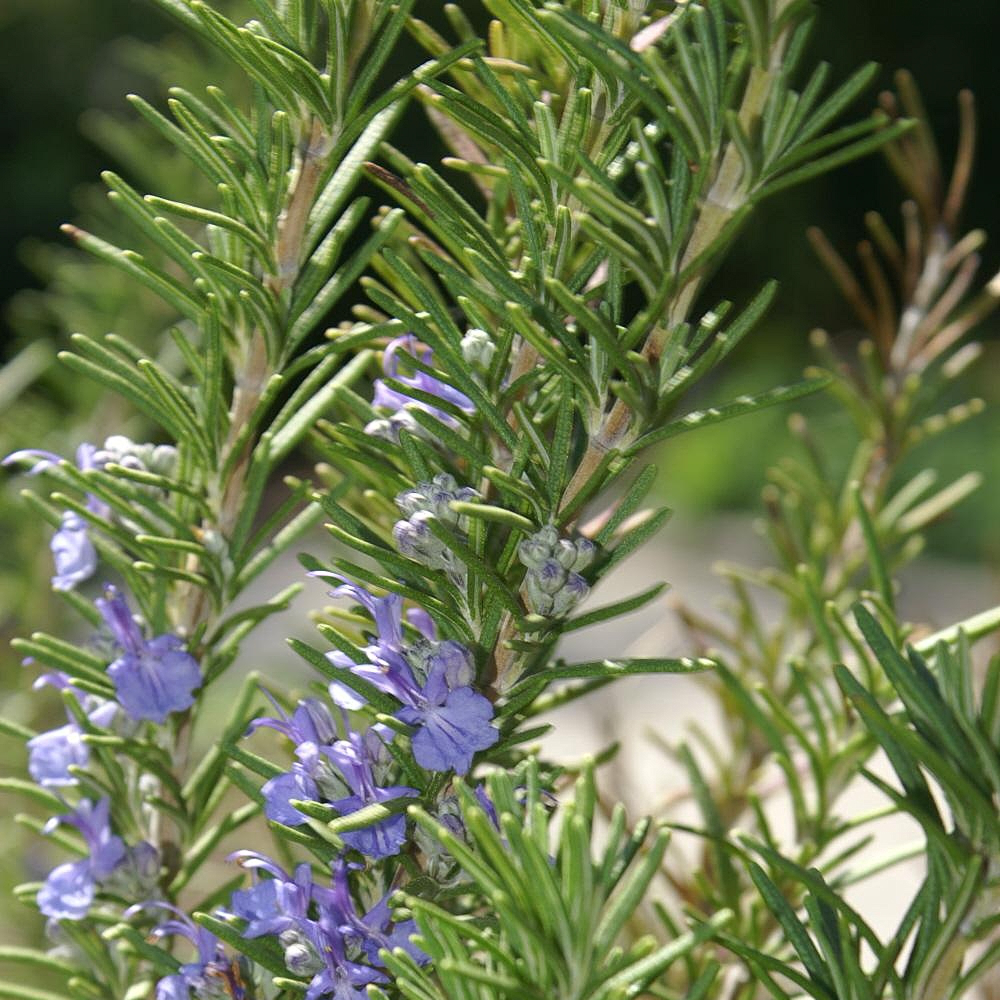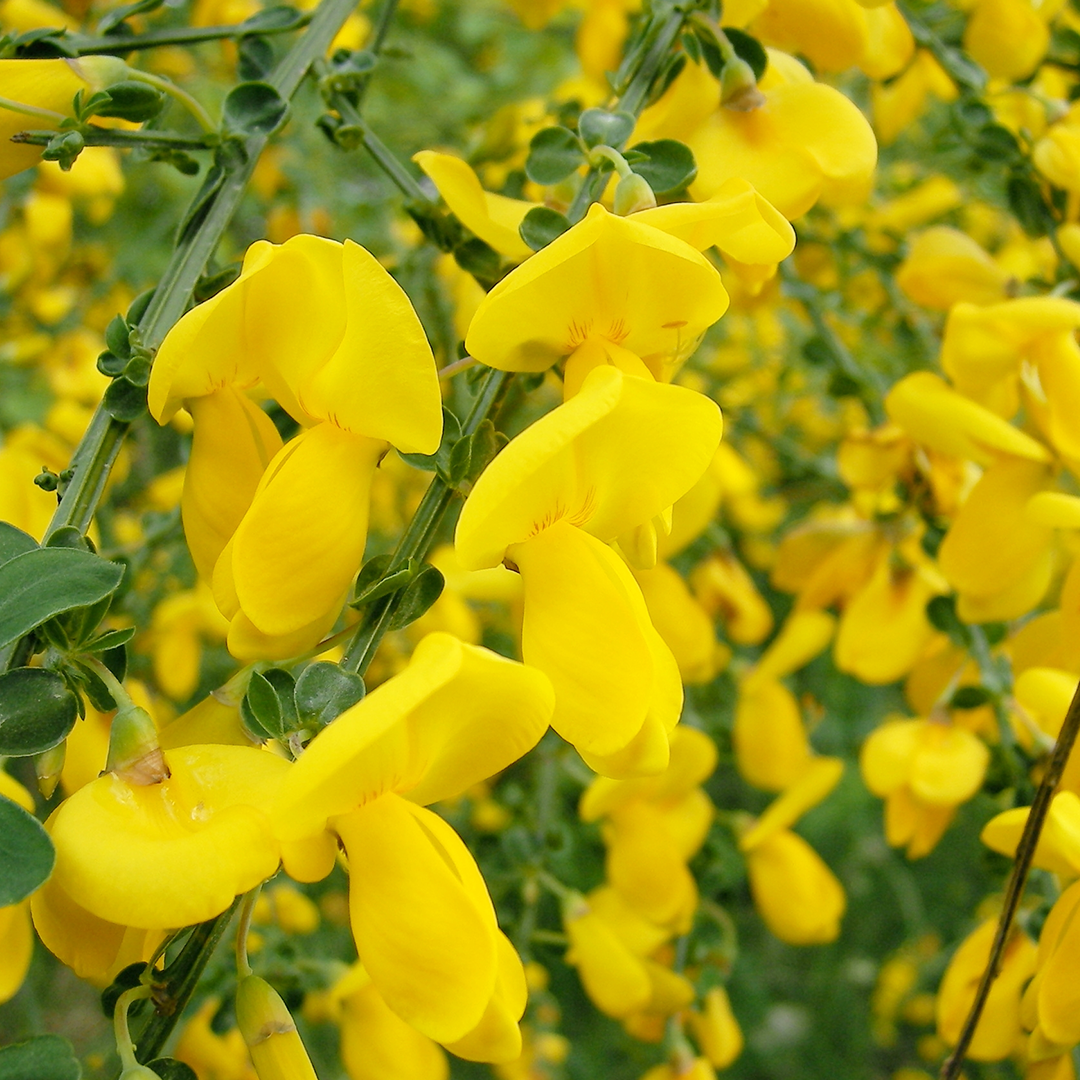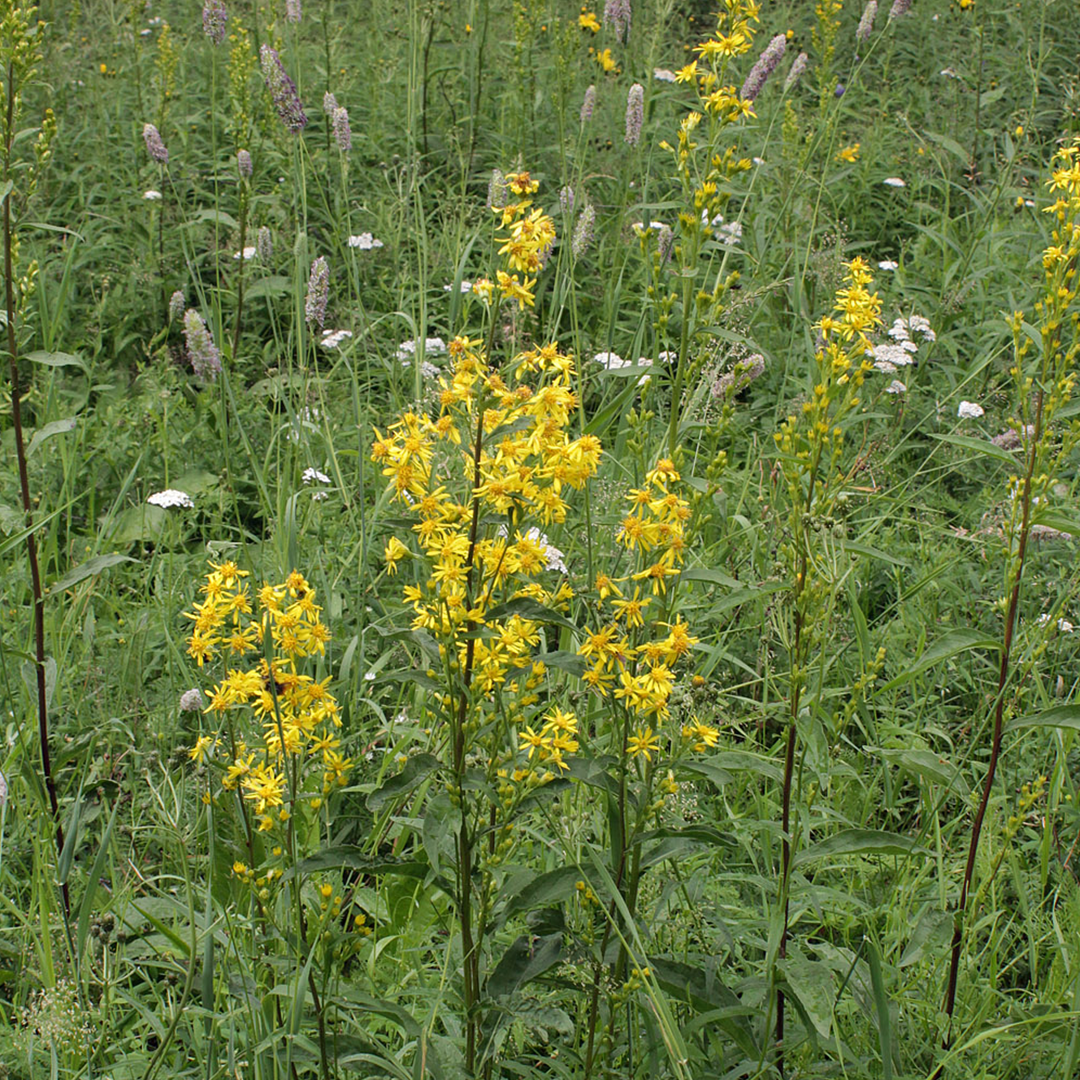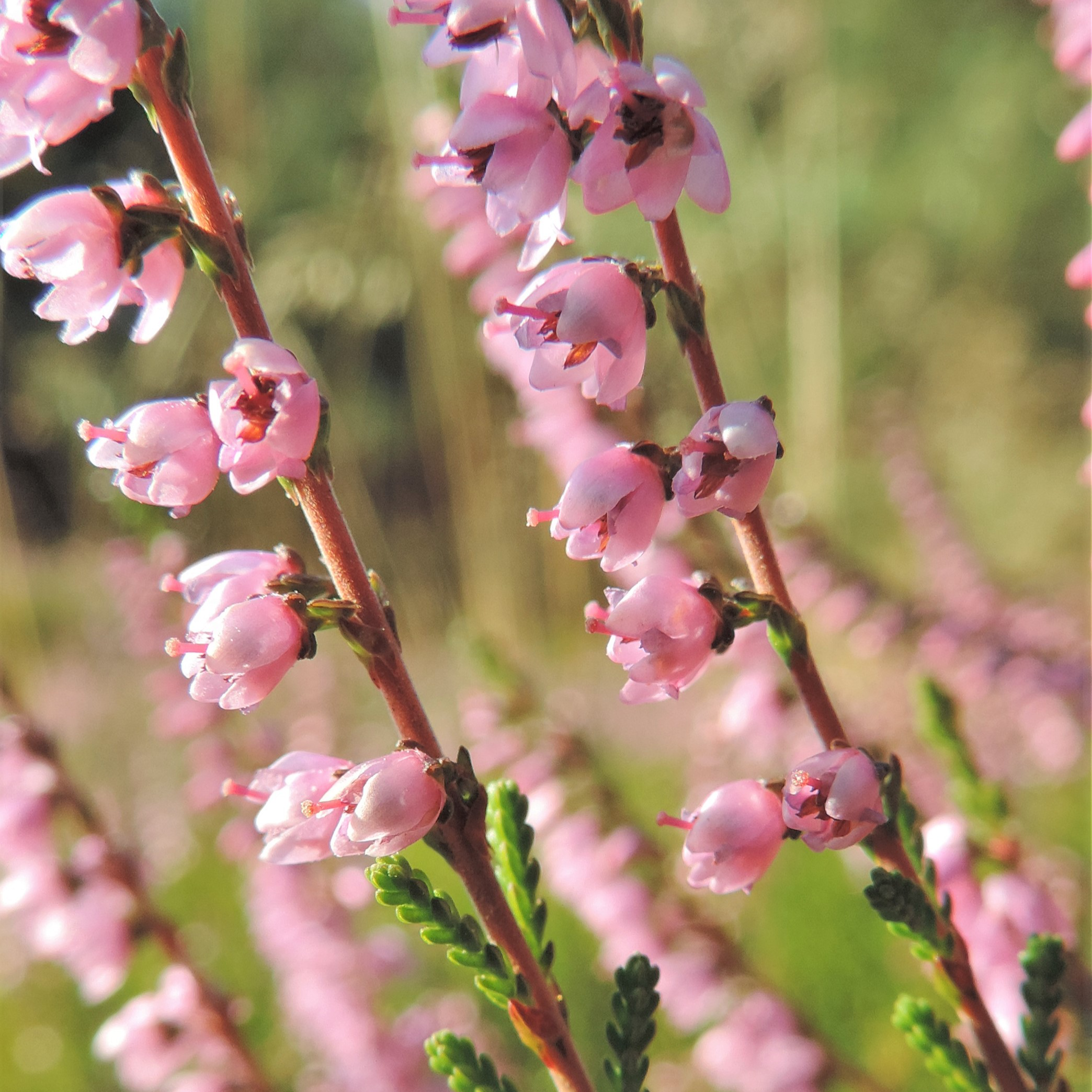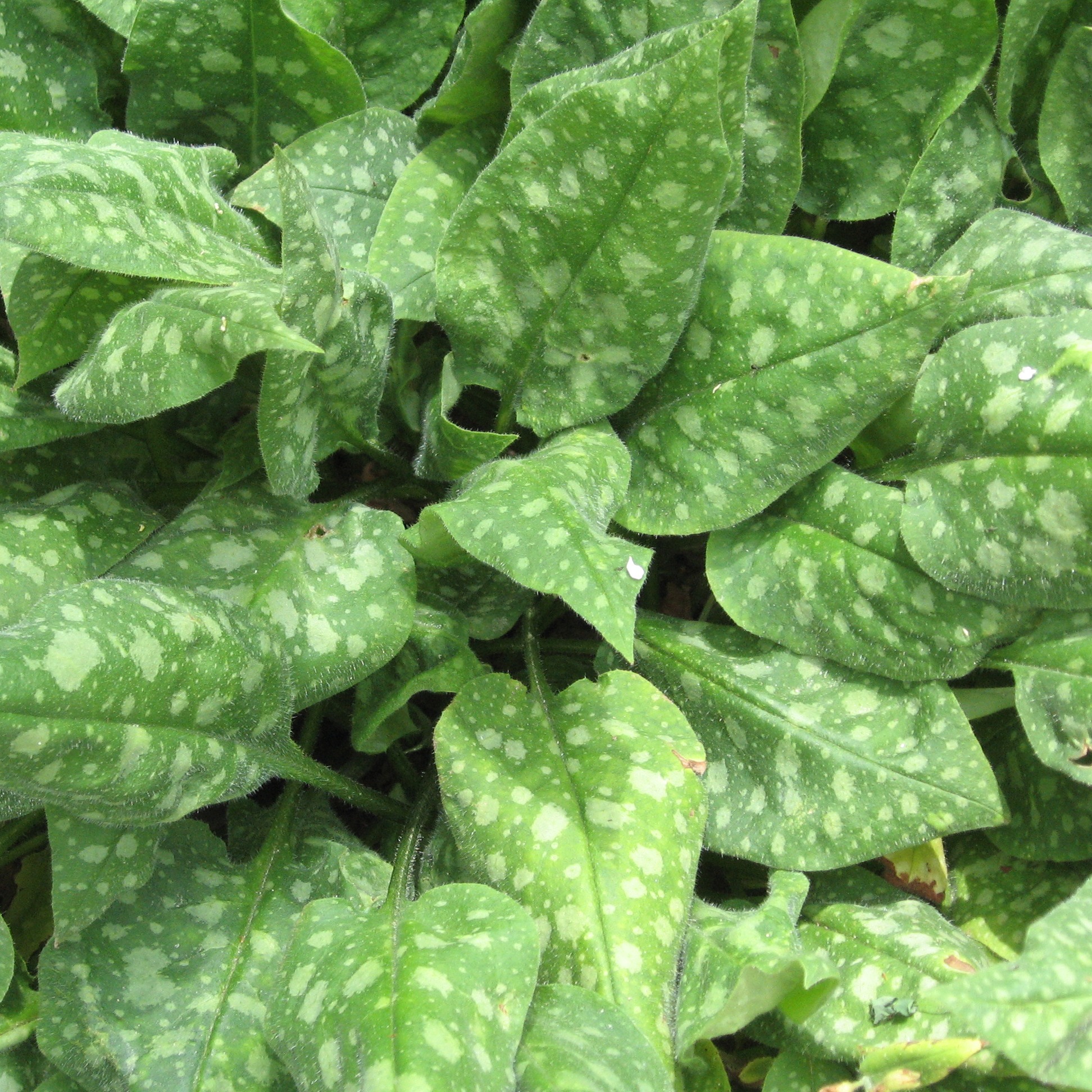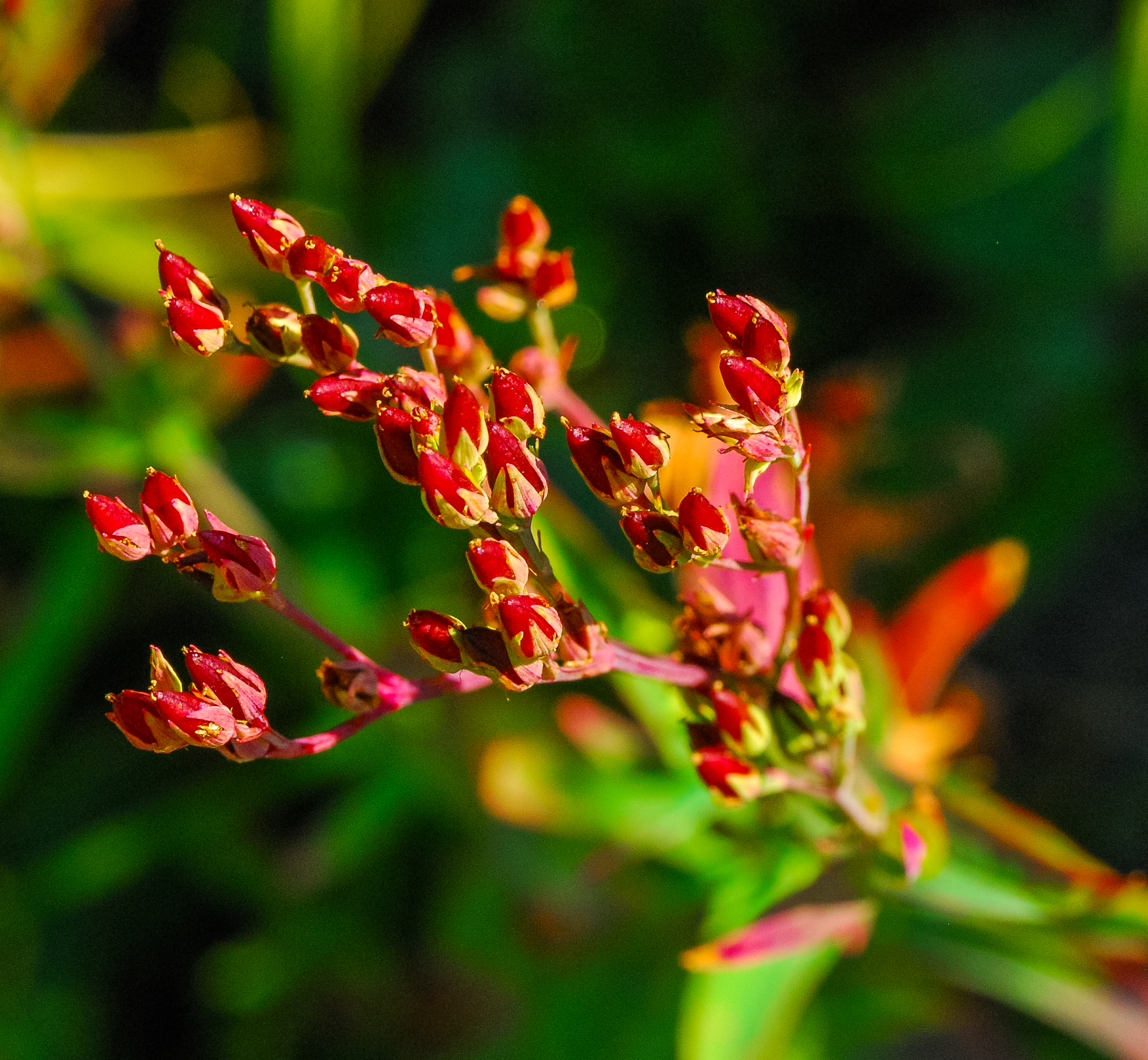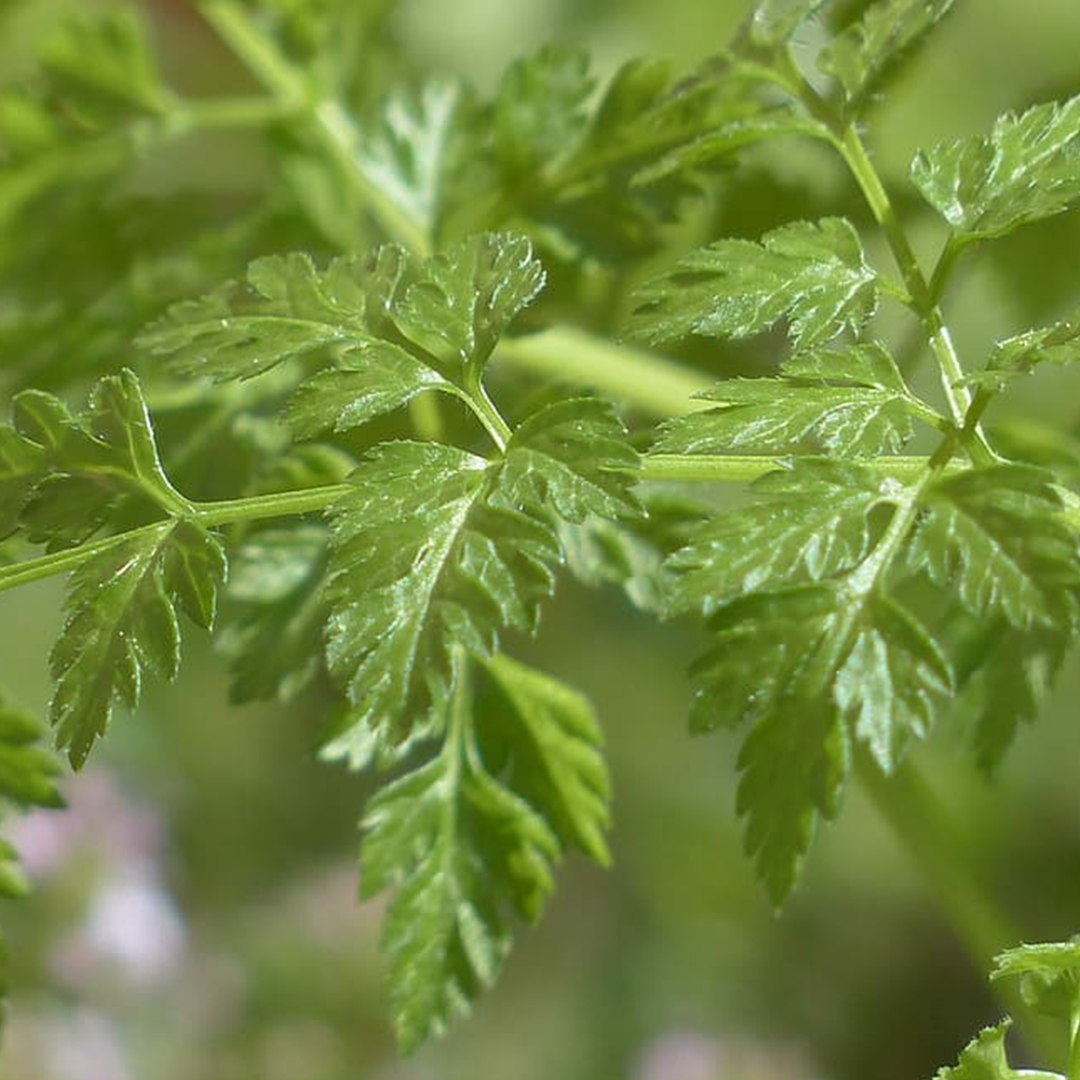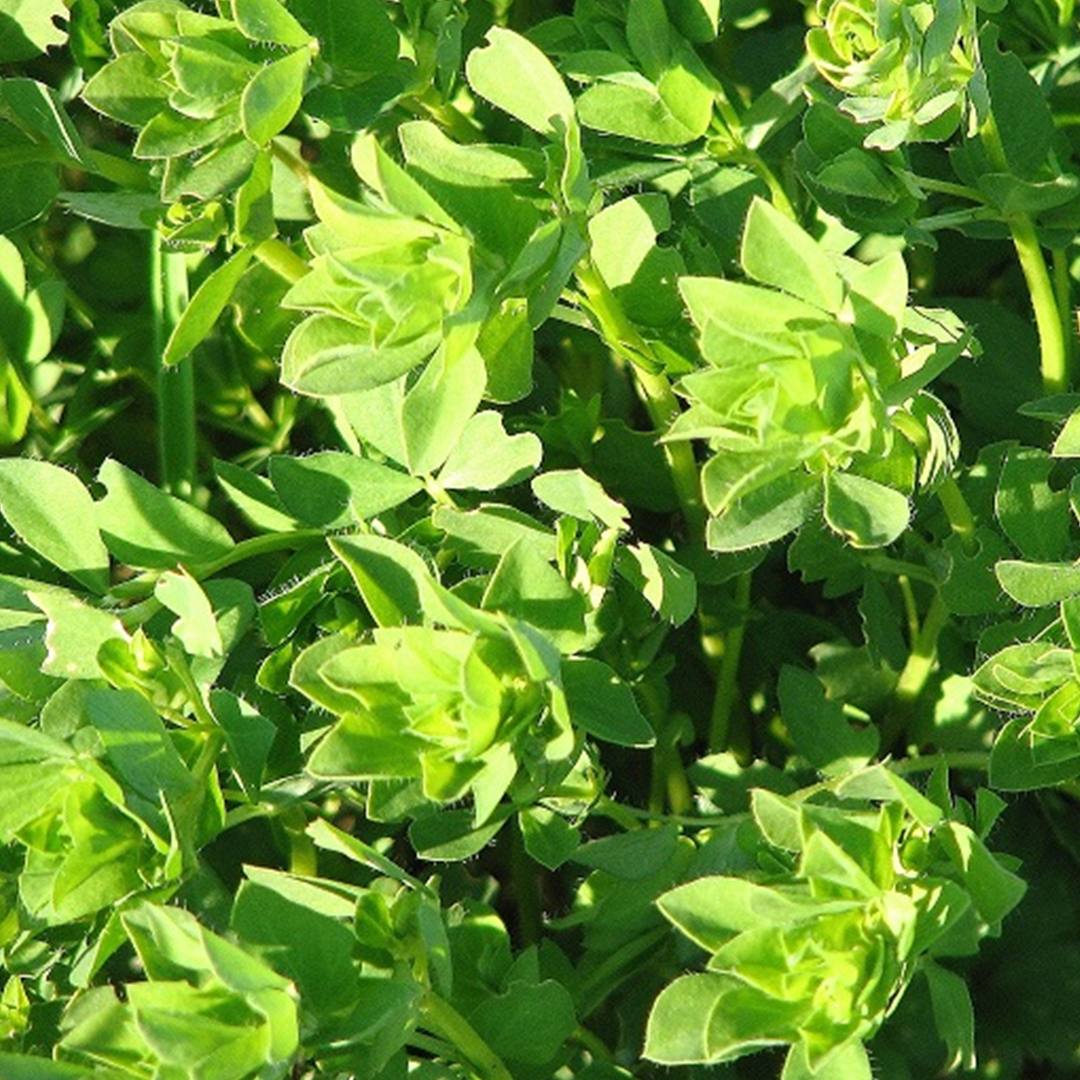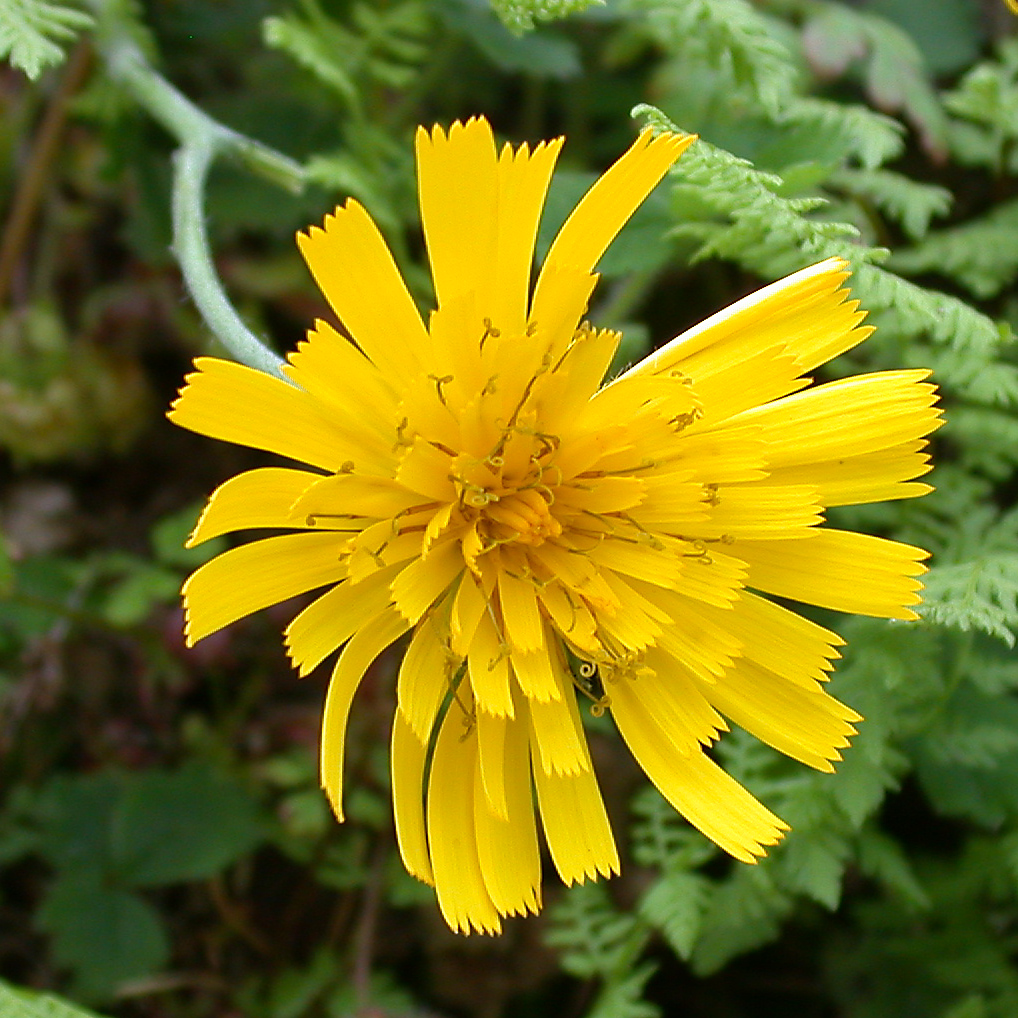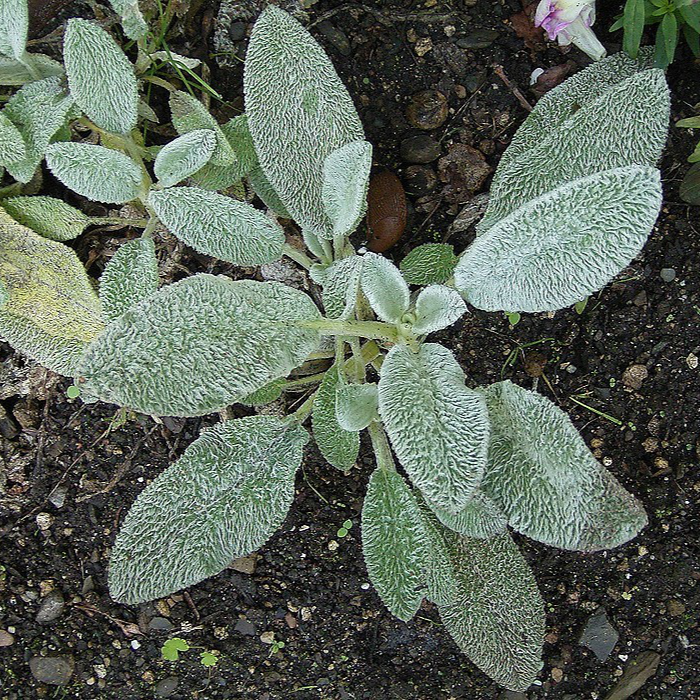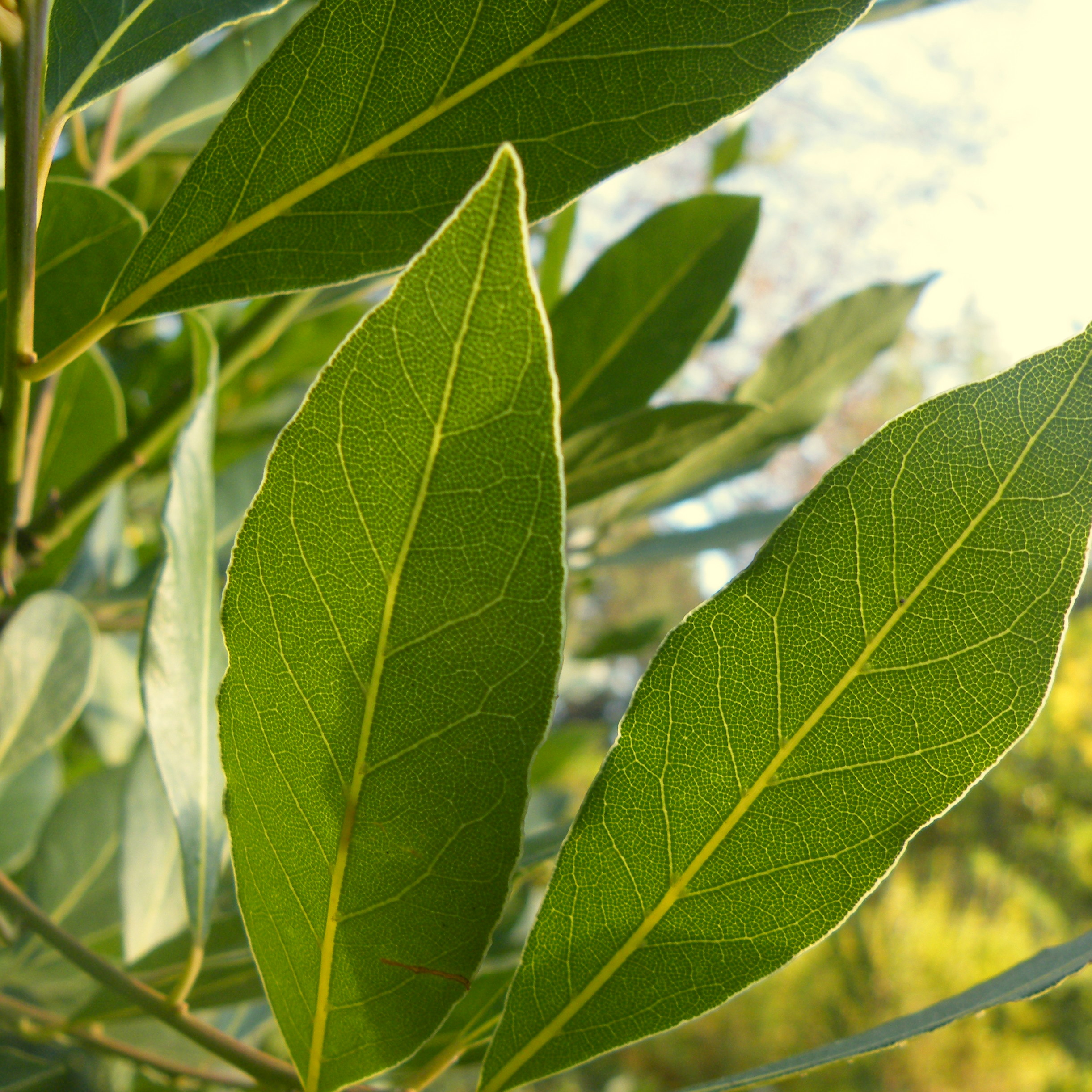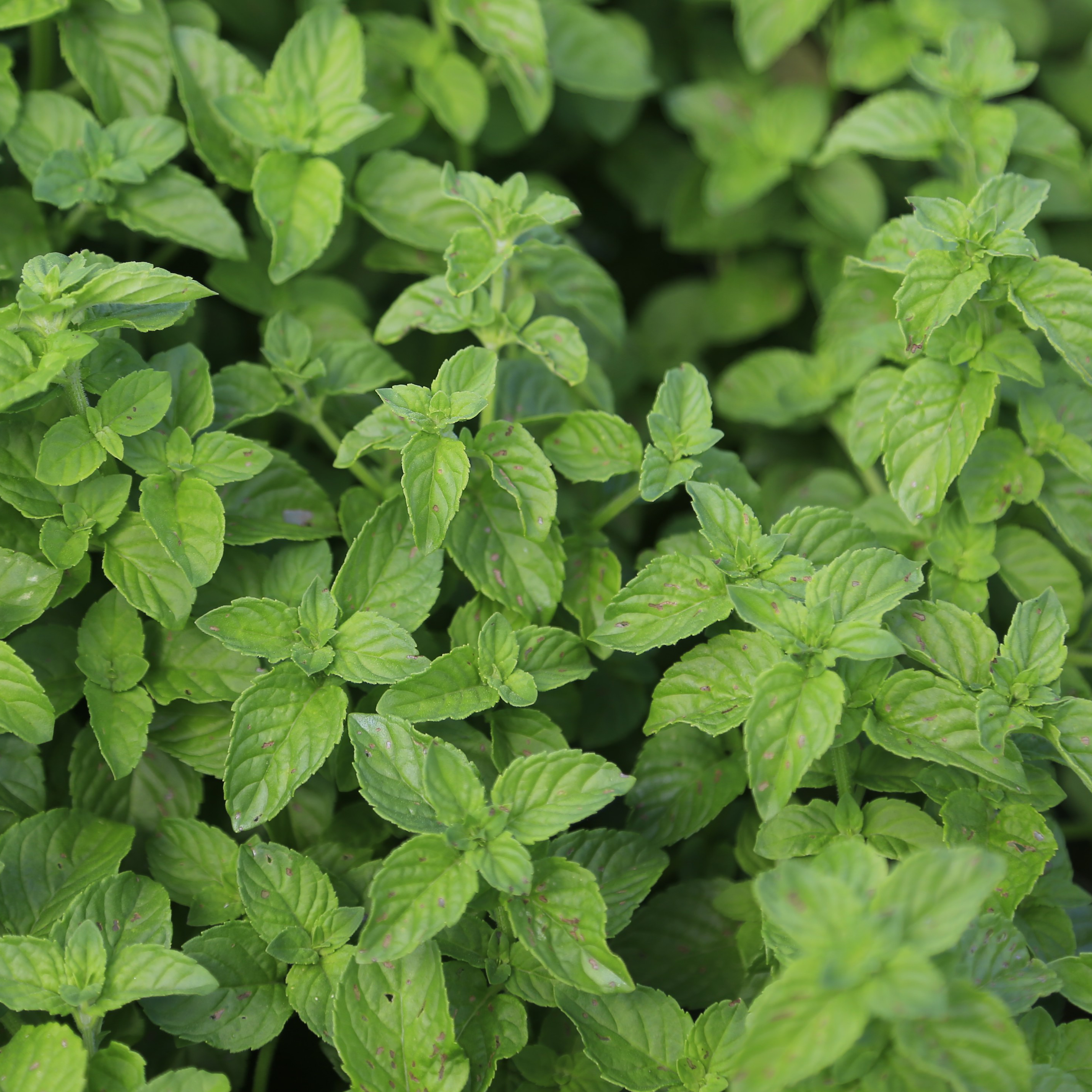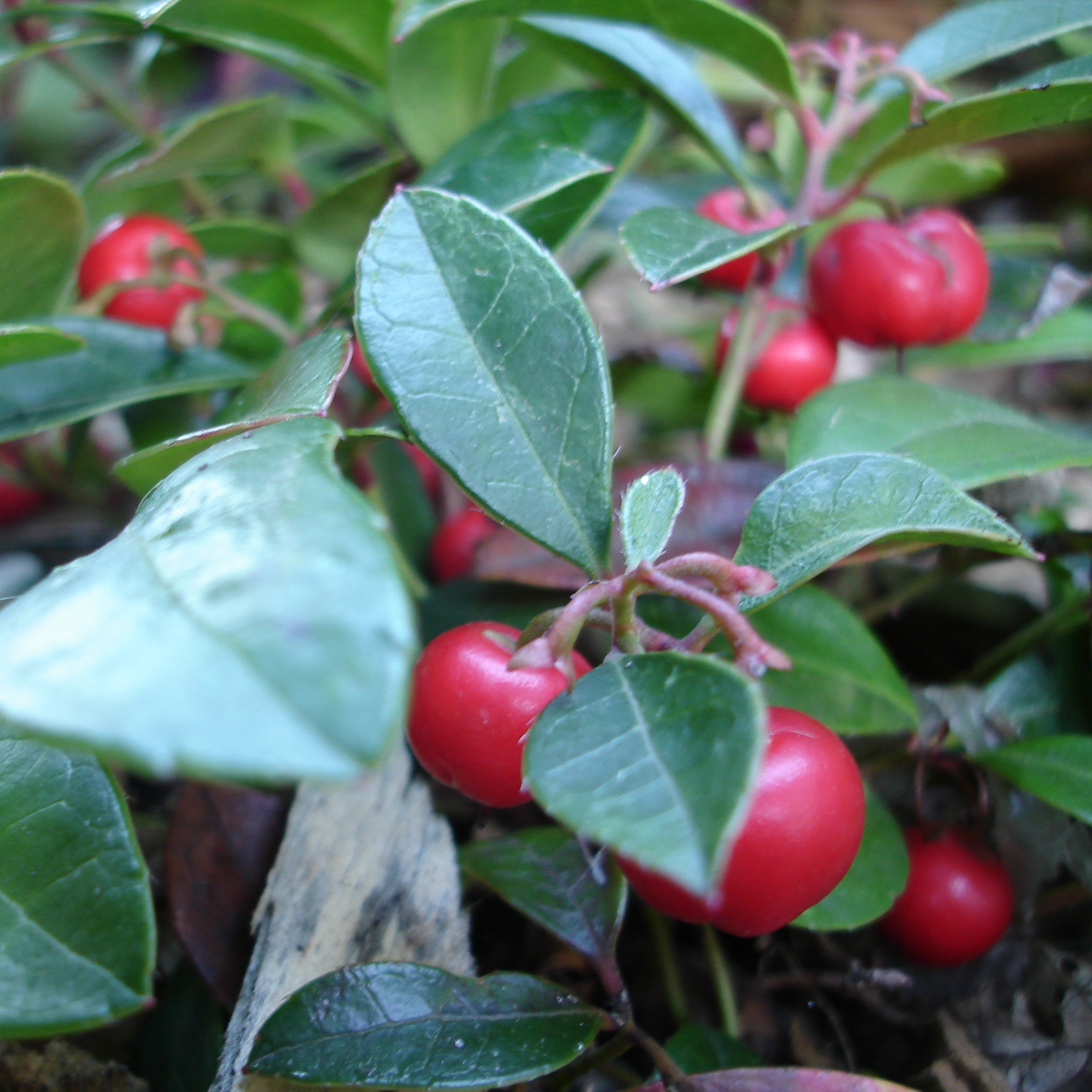MEDICINE CAT GUIDE & HERBS LIST
-
This is our medicine cat herb and injury guide. We ask this be used as a reference for any injuries and the herbs of our site as we have specifically made it for our roleplay purposes and intent in mind! There are items included here we have added ourselves to flavor things more or fill in gaps we feel were needed! We also have a basic guideline for how injuries should be played and ask you keep in mind a cat can not simply 'walk off' a lot of them and will need to be taken cared of and resting to heal in the aftermath of more severe injuries! While our rules lean into some fluctuation between realism and semi-realism we ask injuries be taken seriously!
Credits:
Thank you to @gonkpilled & @virus for their collaborated effort on gathering together information on our herb list.
Special thank you to @Scarlet for resource gathering and information that helped fully flesh out details, several sections are entirely her!
Images are licensed through Creative Commons/SAL & Wikipedia CC. These will be replaced with our own custom images/art as they are completed. -
All cats, regardless of whether they are a medicine cat or not, are able to pick up some herb information however we ask that you not play them as more skilled or as skilled as the medicine cat so that our medicine cats are able to maintain the unique importance of their job. This isn't to say you can't pick up some information, but we want this rank to still hold the specialty of healing that no other rank can. We ask you be respectful of this when giving your cat knowledge on herbs and injuries!
Things your character is welcome to know:- Cobwebs stop bleeding.
- Mousebile for ticks.
- Poppy seeds are good for pain, but generally bad for pregnant queens.
- Some herbs, such as catmint, are exceptionally rare.
- You are allowed to recognize herbs when taught what they look like to assist the medicine cats.
- You are allowed basic knowledge on how to avoid making injuries worse (such as moving cats with broken bones, head injuries etc....)
Cats may also be familiar with general herb care in order to further assist medicine cats when also helping to gather them:- If herbs are wet, leave them out in the sun to dry.
- Gather fresh herbs when stock is low.
- Leave enough of the herb on its plant so it can reproduce when in season
- Check herb stores often, throw out old or weak herbs.
- Wrap honey in dock leaves with rhubarb to keep fresh.
- Use bark strips to finish the leaf wrap, or keep the herbs together so they can be fresh.
- Twine can be made from stinging nettle stems to bundle herbs.
-
Surface Wounds (Scrapes, Scratches, Bruising)
Surface wounds include minor scrapes and cuts, small abrasions that generally do not need herbs and a thorough cleaning with the tongue will help mend it in time. Oftentimes a medicine cat will encourage those with these minor injury to tend to them on their own if they are dealing with multiple patients.
Dockleaf can be chewed and applied to any scratches or scrapes for pain. Burdock can ease the pain of rat bites or minor wounds and is also useful for numbing pain. In addition, burdock can also be used to treat sores or infected wounds.
Cracked or injured paw pads can be treated with a poultice of coltsfoot and could be prevented against infection by adding marigold or burdock root. Cracked pads can be softened with an ointment made out of yarrow.
Cuts, Gashes, Lacerations
Deeper cuts and wounds that go past the surface of the skin and may even dip past muscle tissue are handled with much more care than the above surface wounds. The deeper the injury the more susceptible to infection and irritation but the same basics apply. Cleaning the wound is always the priority, cobweb will be used to find the injury and a poultice of herbs applied to handle any swelling or possible infections. Often times these poultice will vary based on the source of the injury but marigold and goldenrod are commonly added for fighting infections. Horsetail and chervil made also be included for swelling and skin irritation. Wounds caused by rat bits may have burdock and burns that go deep may have comfrey which is also good for injury caused by the claws of predators.
Aches & Pains
Joint pain can be caused by a number of things, from mild sprains to joint deterioration caused by age. Damp and cold environments often make the pain worse. Comfrey or marigold can be used to decrease inflammation in stiff joints and make it easier to move. Daisy leaves or ragwort leaves can be used to ease the pain associated with aching joints. Water therapy or soaking in warm water (like the hot springs) can also loosen joints and help with pain.
Headaches can be treated specifically with feverfew or other forms of painkillers such as poppyseed or dandelion.
Bellyaches can be caused by a number of things such as overeating, undereating, or eating something rotten or poisonous. For bellyaches caused by undereating the answer is pretty simple. Otherwise try using juniper, chervil, watermint, parsley, or mallow leaves.
Toothache caused by cracked teeth, cavities, or infection can be treated by chewing on alder bark. For infection try meditating with sweet-sedge or stinging nettle. Warm-water compresses can also help with pain but will not make it go away.
Sprains, Dislocation, Breaks
Sprains are caused by damage to the ligaments, whether they are stretched, twisted or even torn. Sprains can be aided with stinging nettle or elder leaves and sometimes often just rest depending on the severity. A cat with a sprain can be expected to be off their paws up to a month max for more severe spraining but the minimum of a week for minor ones. Elder leaves can also be used to soothe sprains when turned into a poultice. A wrap of elder leaves and cobwebs can be applied to soothe and quicken the healing process. Sometimes a sprain is inevitable, but stretching can reduce the likelihood of it happening.
Dislocation is when trauma forces a joint out of the socket. It is extremely painful and will immobilize the joint. The only way to treat such an injury is by pushing the joint back into place. After the joint is back into the right position, the pain will likely persist and the joint will be sore. A splint or cast made out of sticks and cobwebs or various other items can help it heal. Use herbs to mediate pain and suggest bed rest. Dislocation can be more serious when blood vessels, nerves, bones, muscles, and ligaments are damaged to the point of needing serious repair or adjusting the joint doesn't work.
Broken bones are one of the more severe and tricky things to handle. Hairline fractures (small cracks in the bone but not a full break) are a best case scenario and often mend on their own with proper rest and no pressure put on said break. More severe broken bones such as full breaks or even compound fractures (when the bone breaks through to the skin surface) have high chances of ending in infection that kill the cats. If a break does not break through the skin it can often be set and splint against the limb with a small chance of recover with proper herbs and rest.
Treatments:
Poppyseeds can be administered to reduce pain and shock. A stick can then be given to the injured to bite down on.
When combined with sticks, bindweed or rush can be used to stabilize a broken bone.
Cobwebs and marigolds can be used to slow the bleeding from open fractures and prevent infection.
A poultice of comfrey and stinging nettle can be used to reduce swelling and stiffness.
Cold moss compresses can also be used to bring down swelling.
Rest and cooperation are key to allowing bones to heal properly. The healing time can range anywhere from 4-8 weeks or more depending on the severity of the fracture. -
Cough - A symptom developed for a variety of reasons, usually the start of a more serious illness. Herbs like tansy and bright-eye to suppress cough and honey to ease sore throats afterward.
Chill - A very mild ailment usually caused by very cold weather or falling into icy water. Much like whitecough, but with cold chills instead of fever. The best treatment would be Catmint, Feverfew, and Lavender.
Aching joints (Arthritis in Older Cats) - Caused by age or damp weather. Symptoms usually include pain and stiffness. The best treatment is anything that cures pain other than poppy seeds; Such as daisy leaf, Ragwort, and water-therapy.
Greencough - A sickness similar to pneumonia that is often rampant among the Clans in leaf-bare. Symptoms include wheezing, coughing, pus excreted from the eyes, sneezing, fever, and green phlegm streaming from the nose. The best treatment is Catmint and Feverfew. Symptoms are just coughs and sneezes, though it can be dangerous to kits or young cats. Tansy can prevent the contraction of Green-Cough. You can also use Chickweed, Catmint, and other herbs (such as Lovage and Honey to suppress cough and soothe sore throats) to treat symptoms.
Plots involving this sickness must be approved by a clan leader due to its chances to spread!
Whitecough - A mild sickness like a cold. More common than greencough, but can become greencough or even the fatal blackcough. Symptoms include sneezing, coughing, white phlegm streaming from the nose, and a slightly high temperature. Treat with Catmint.
Yellowcough - An illness that behaves similarly to greencough, however, cannot be treated with catmint. Lungwort and Birch Sap can be used to treat it.
Plots involving this sickness must be approved by a clan leader due to its chances to spread!
Blackcough - A fatal sickness that spells certain death for any cat who catches it. Symptoms are intense chest pain, wheezing, and coughing. It is a rare sickness, treat with Catmint and hope for the best. Other herbs can also be used to suppress symptoms and ease respiratory distress. This is almost nearly always fatal.
Rabies - A rare affliction in the warrior cat world, however still entirely possible. Almost always inflicted by another creature infected with rabies or contact with contaminated saliva. Usually passed on by bite and is more common in dogs, foxes, raccoons, skunks, bats, and coyotes. Symptoms can take anywhere from ten days to a year to appear. Incubation time is typically two weeks to four months. Symptoms include the following. . . Fever, headache, excess salivation, muscle spasms, paralysis, and mental confusion. There is no treatment or cure for rabies. Getting this is fatal and will be the end of your cat.
Plots involving this sickness must be approved by a clan leader due to its chances to spread! -
Pregnancy can be a time of happiness for new lives will soon join and grow to strengthen the clan; The downside is that pregnancy is strenuous on the body and can have many complications and side effects. That is why many caregivers capable of having kits, once pregnant, will retire to the nursery in the later stages of pregnancy, and until the kits are born and old enough to fend for themselves. Caregivers will likely experience nausea, hip pain, back pain, and lethargy. . . Being a parent is strenuous work!
However, there are things a medicine-cat can do to make this process easier.
Before the birth, caregivers should be on strict bed rest. High protein is recommended, so extra-prey would be good for any expecting parent. Burnet can be used to give an expecting caregiver strength. Other herbs like dandelion, willow bark, and in much moderation, poppyseed (but not during birth or while nursing), can be used to ease pains. Pain specifically in the hips can be treated with fennel; Fennel stalks are broken and the juice to be squeezed into the caregiver's mouth.
Other forms of pain management include:
For bleeding specifically, raspberry leaves can be given to both ease pain and stop bleeding.
A stick to bite on to distract from the pain.
Chervil to ease belly pain
Ragwort leaves to keep their strength up and also help with pain.
Poppyseeds should NOT be given under any circumstances. The caregiver could become drowsy and stop pushing and could further be detrimental to the kits.
Tansy should NOT be given to a pregnant caregiver. It can be extremely dangerous and could result in the termination of the pregnancy.
In addition to the above, it is best to be cautious about what herbs are given to caregivers because there is a high risk of birth defects or other problems, depending on what is administered and how much is given; Herbs that have antibiotic properties for treating infections should be used sparingly. Other herbs that might potentially be dangerous are comfrey, aloe, feverfew, goldenseal, and juniper. The same is to be said for nursing caregivers.
Other techniques and signs to look for:
Ensure that the parent is tending to the kittens, licking and suckling them.
Use moss soaked with water to clean the parent and keep them hydrated and cool.
Paleness and drowsiness while kitting. This could indicate blood loss or other complications.
Deformed or stillborn kittens. If kittens are not breathing attempt to stimulate them by licking against the flow of the fur.
Prolonged labor for an extended amount of time without any kittens.
After a successful birth:
Fennel can be given to increase milk production.
Leave the parent to rest but frequently check up on both caregiver and kits to ensure they are healthy!
After plenty of rest and fresh-kill the parent should recover. However, keep an eye out for unusual behavior, signs of distress, etc...
When the kits are old enough and don't need milk anymore, give them parsley to stop the production of milk.
After a not-so-successful birth:
Worst-case scenario, both the caregiver and kits were lost. Better but not great is the caregiver is alive but lost several or all of their kits. In this case, herbs should be given to calm and ease their grief. Goatweed to help with grief or thyme to help with shock. Poppyseeds or juniper to be given to calm and help their sleep. Also, give parsley to stop a caregiver from producing milk if all their kits have died.
Please remember to tag instances of kit death, miscarriage, stillbirth etc, as potentially sensitive content depending on severity. - This section is a work in progress...
- This section will be added when Medicine Cat Gatherings are officially introduced!
Last edited by a moderator:

 Hello and welcome to Purrgatory! We are an 18+ Warrior Cat Roleplay set in an AU where the clans were unable to leave the forest territories and perished!
It has been 100 or more years since then, the clans of the forest are but distant memories to any cats still alive, stories passed down to kits of strangely named wild warriors and leaders with nine lives but the time of the clans is upon us once more and the stars shine yet again.
Hello and welcome to Purrgatory! We are an 18+ Warrior Cat Roleplay set in an AU where the clans were unable to leave the forest territories and perished!
It has been 100 or more years since then, the clans of the forest are but distant memories to any cats still alive, stories passed down to kits of strangely named wild warriors and leaders with nine lives but the time of the clans is upon us once more and the stars shine yet again.

